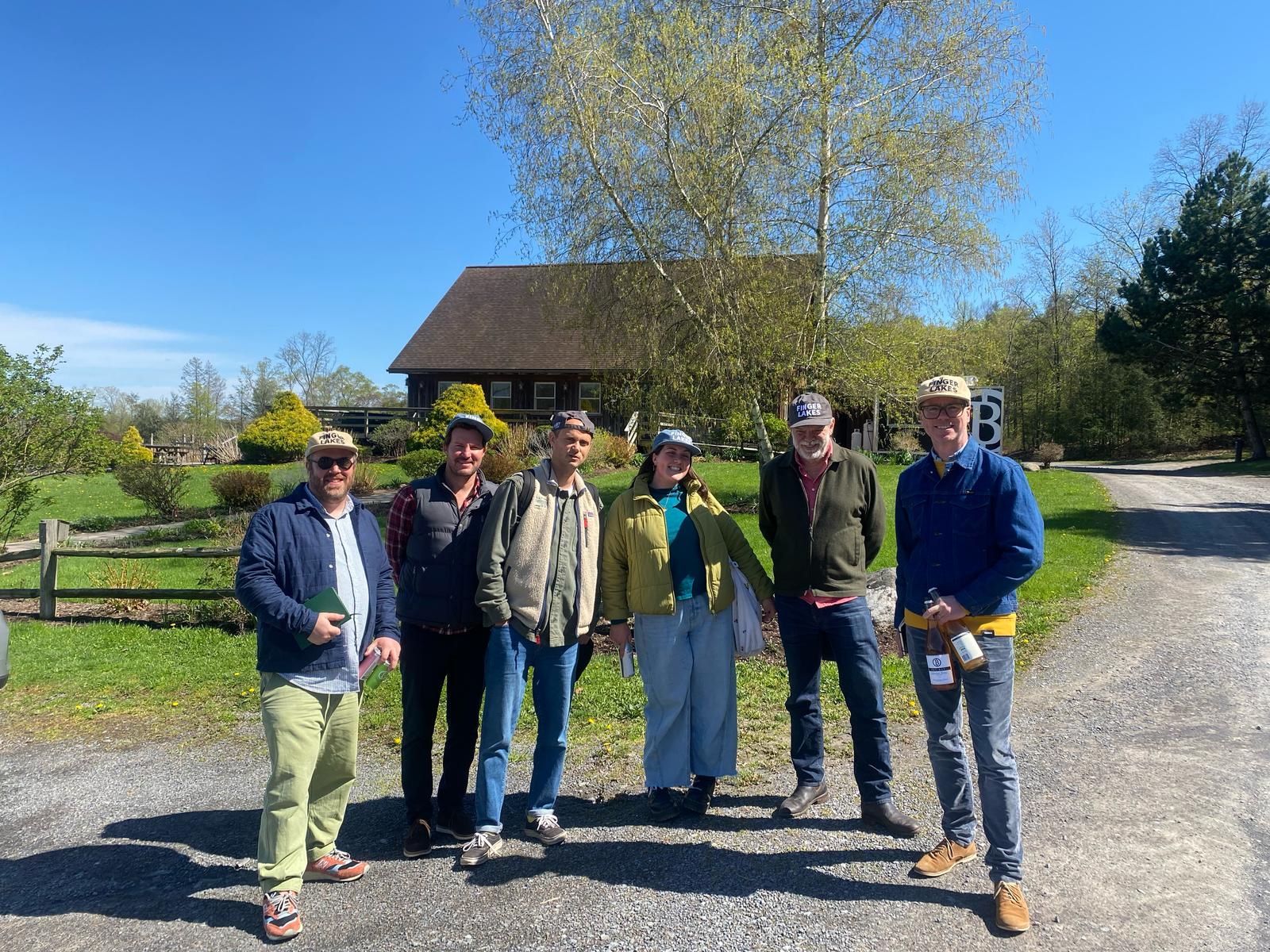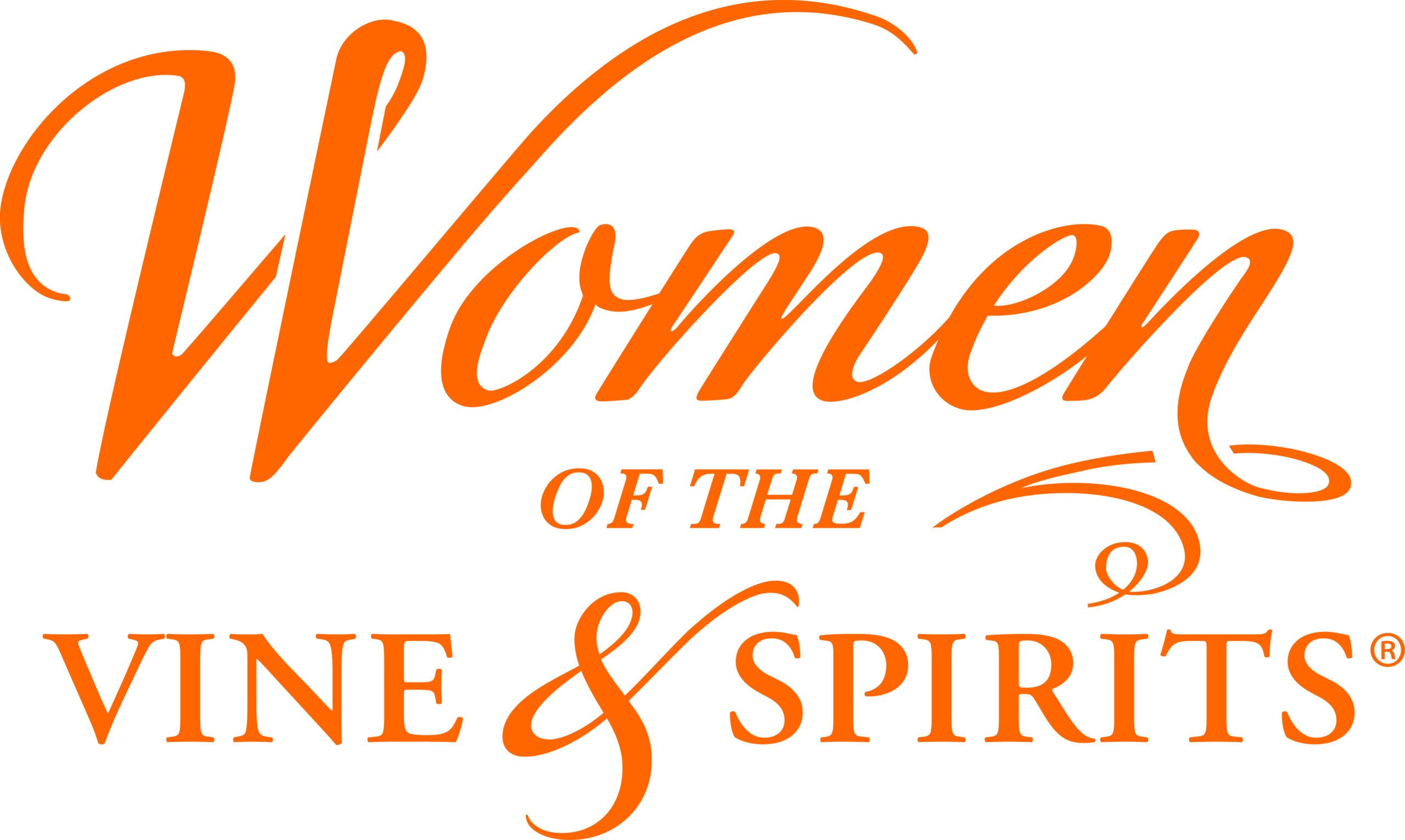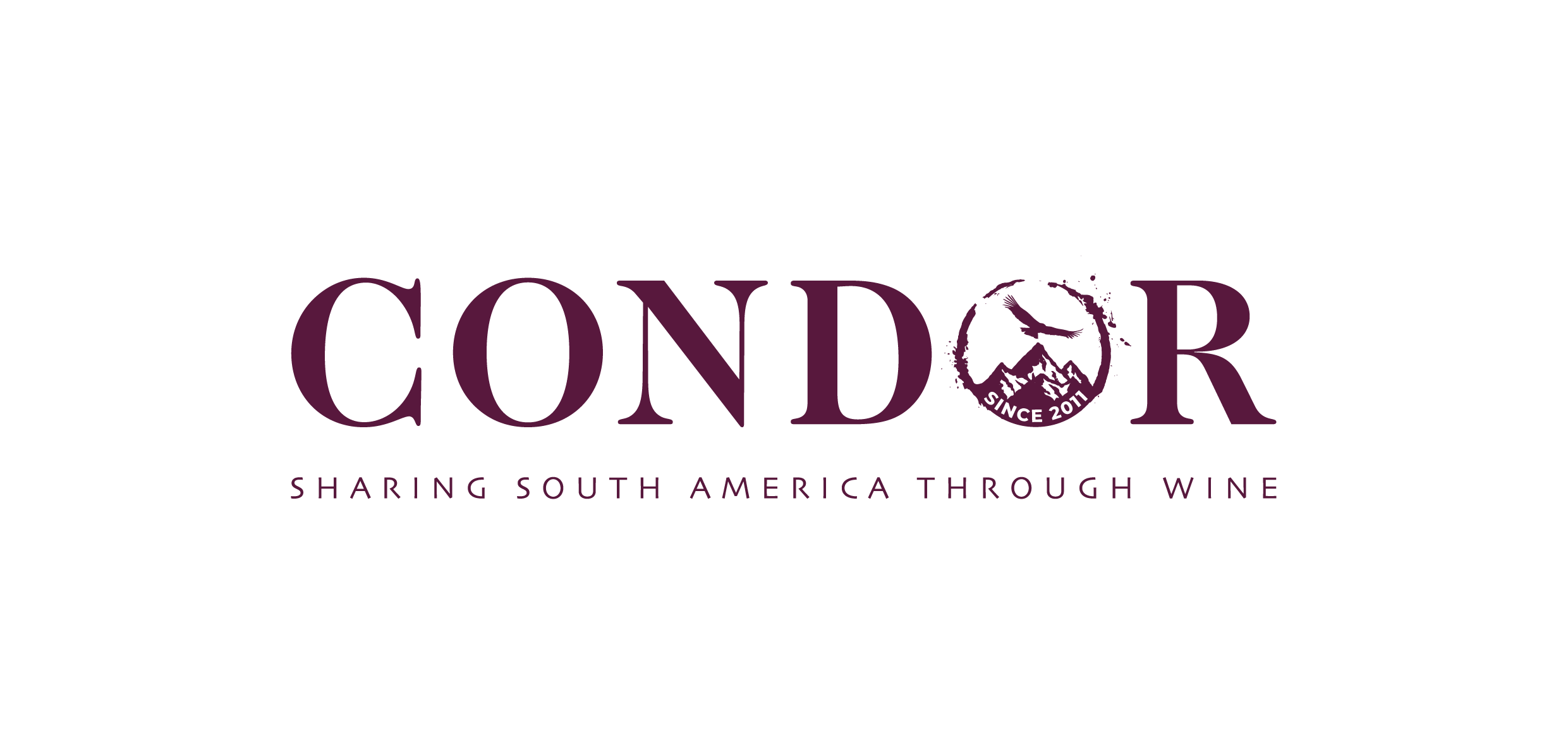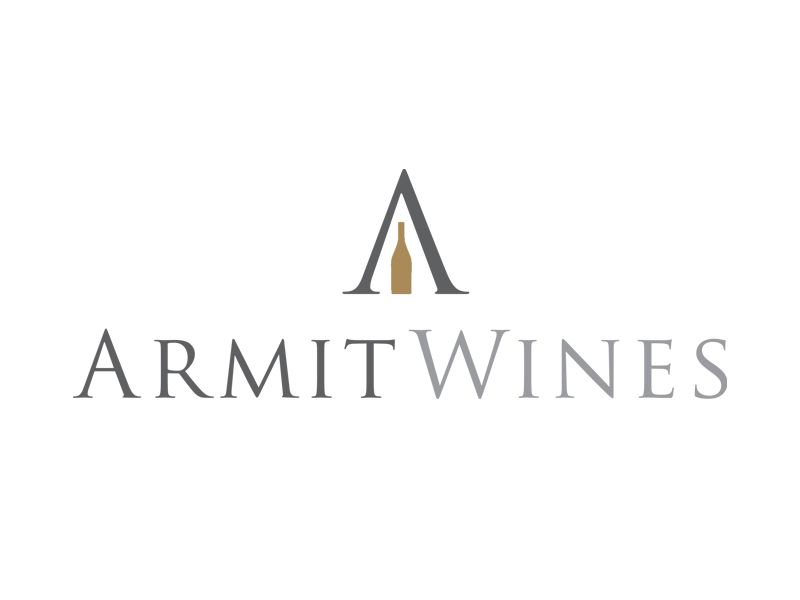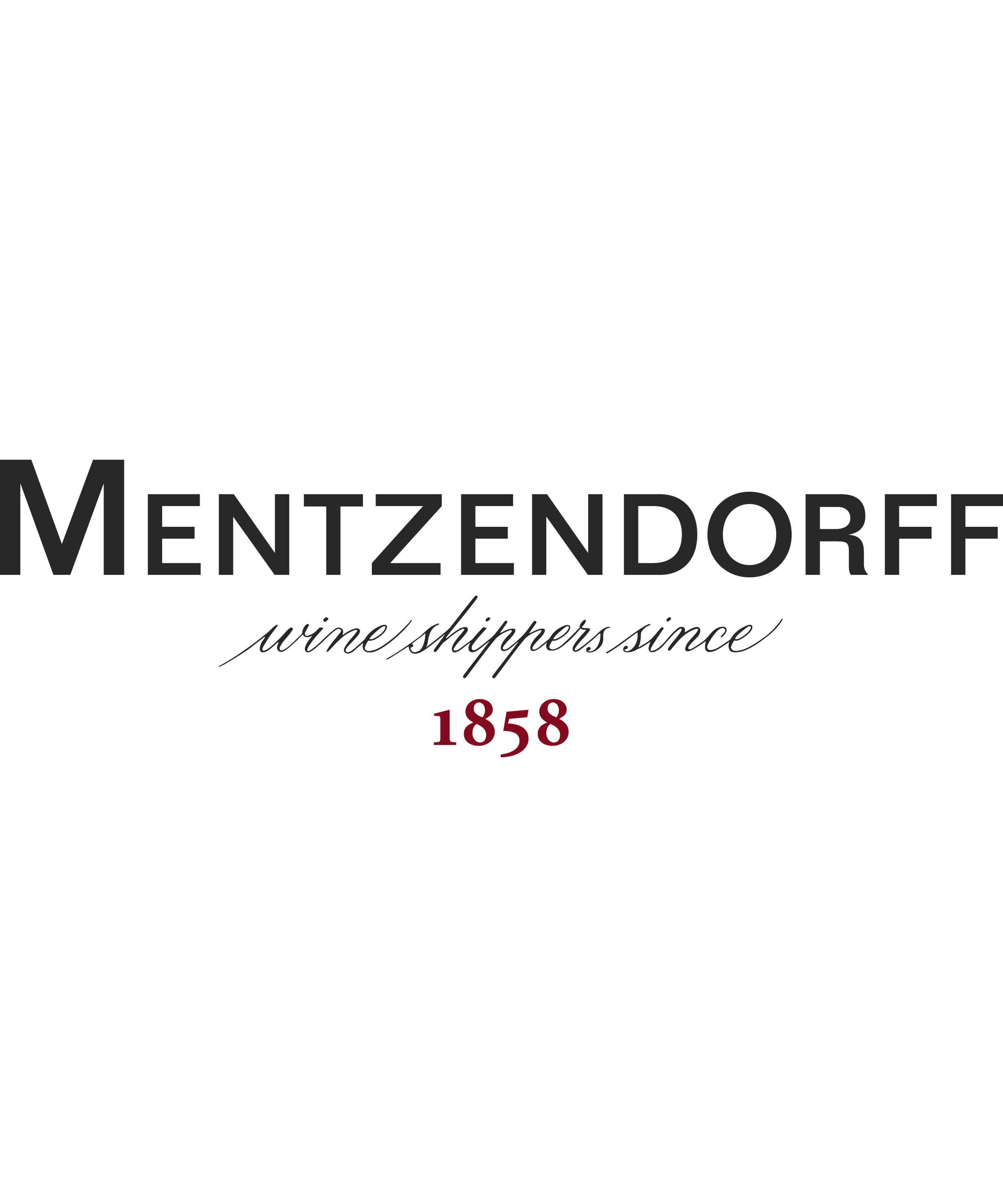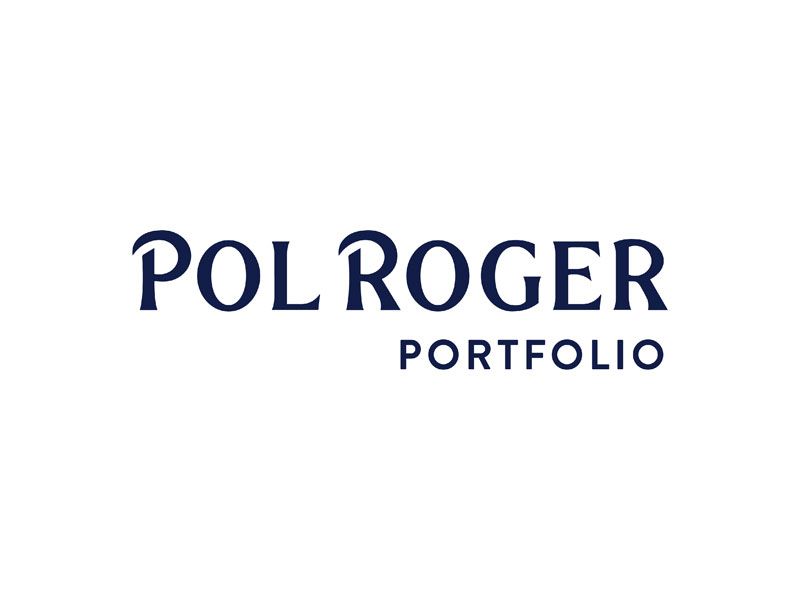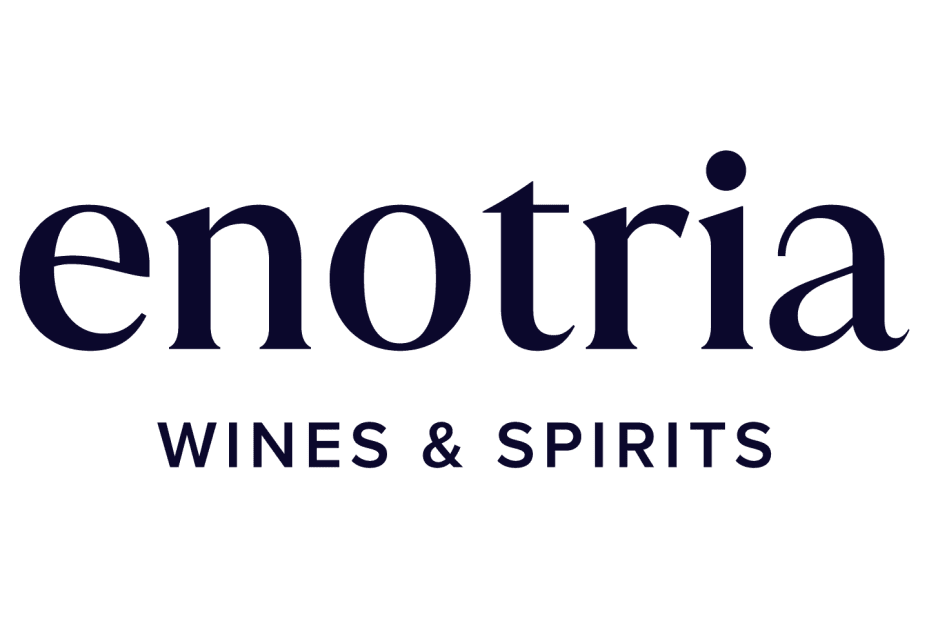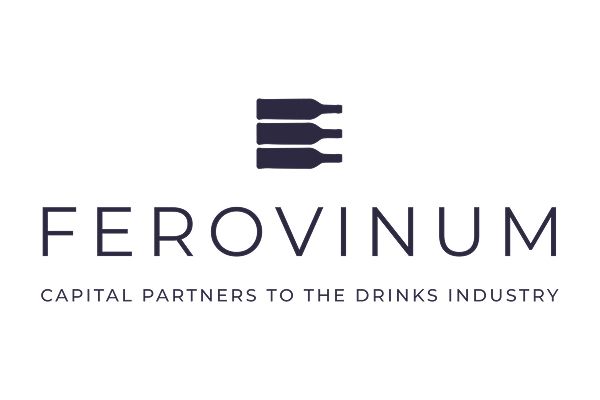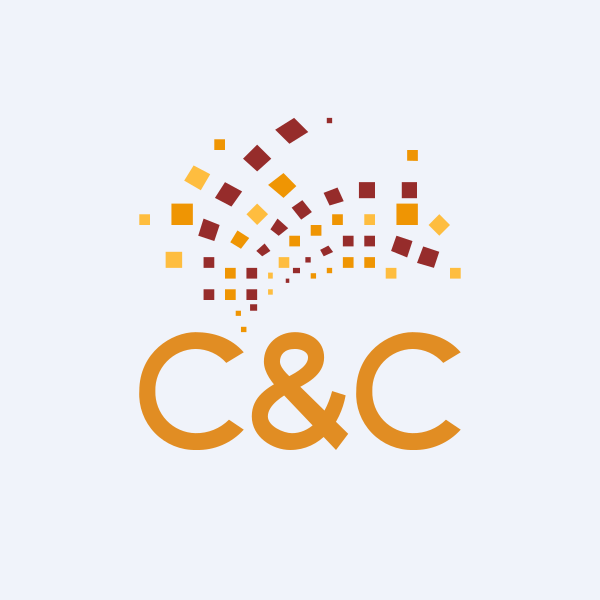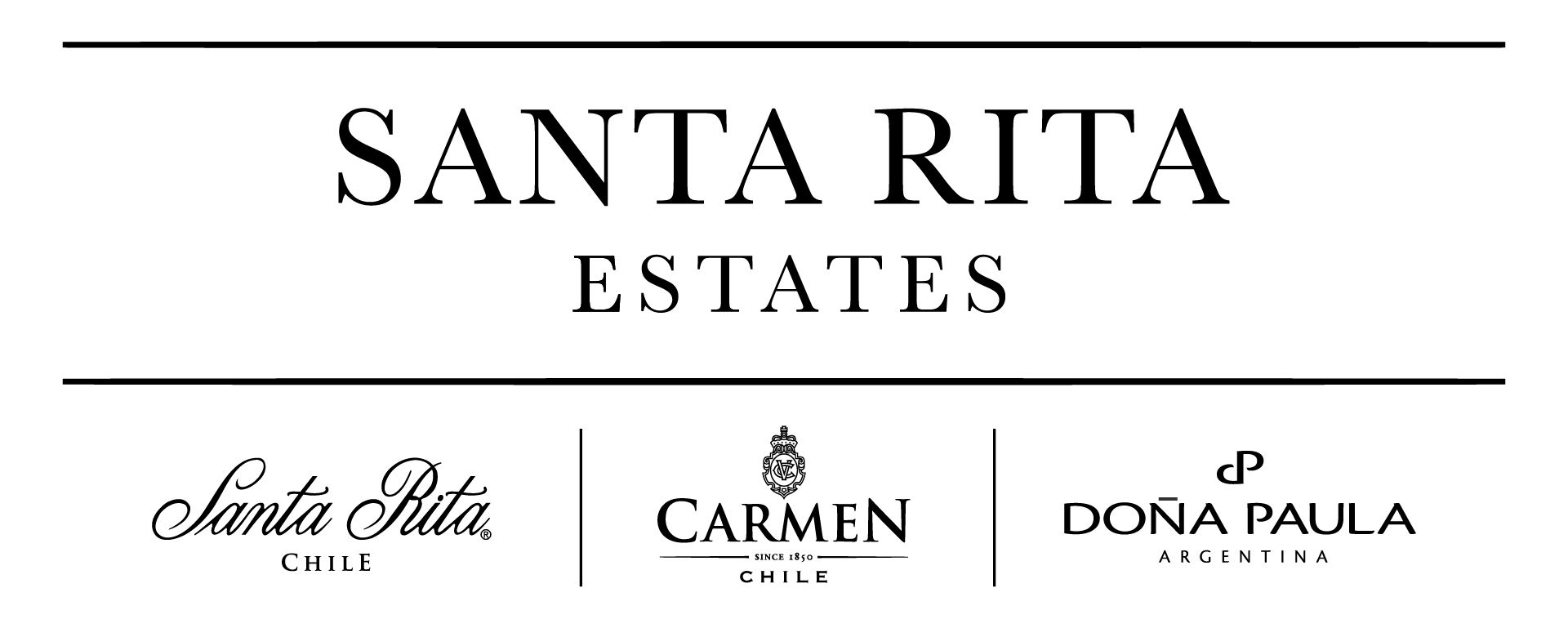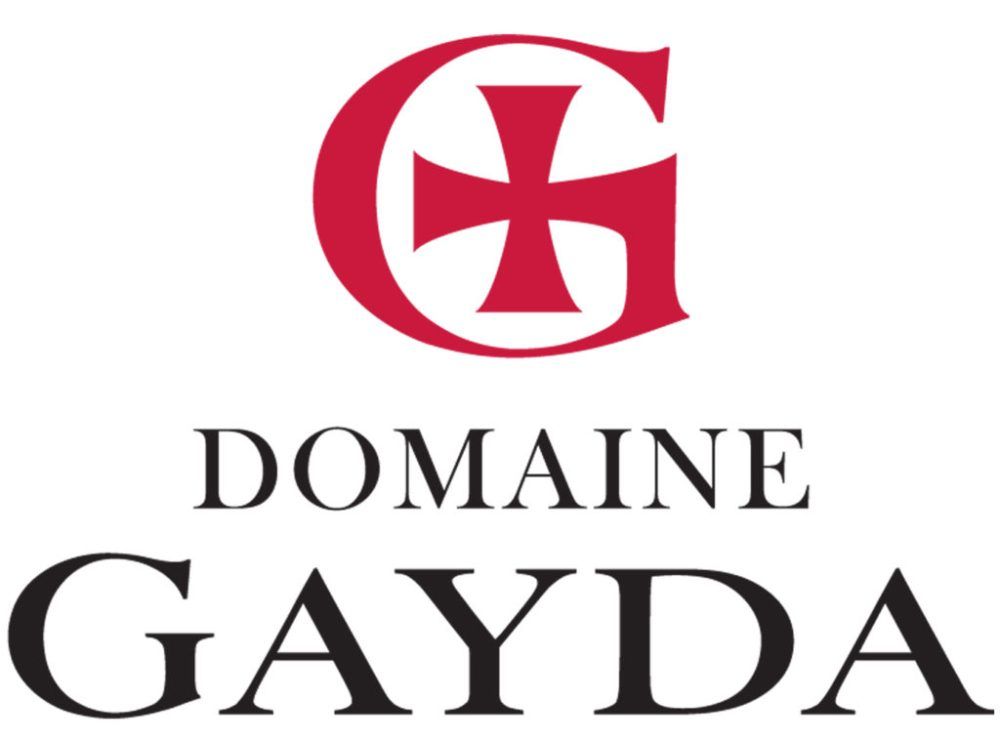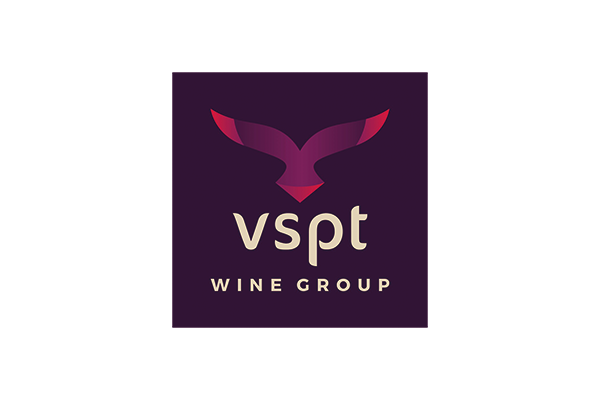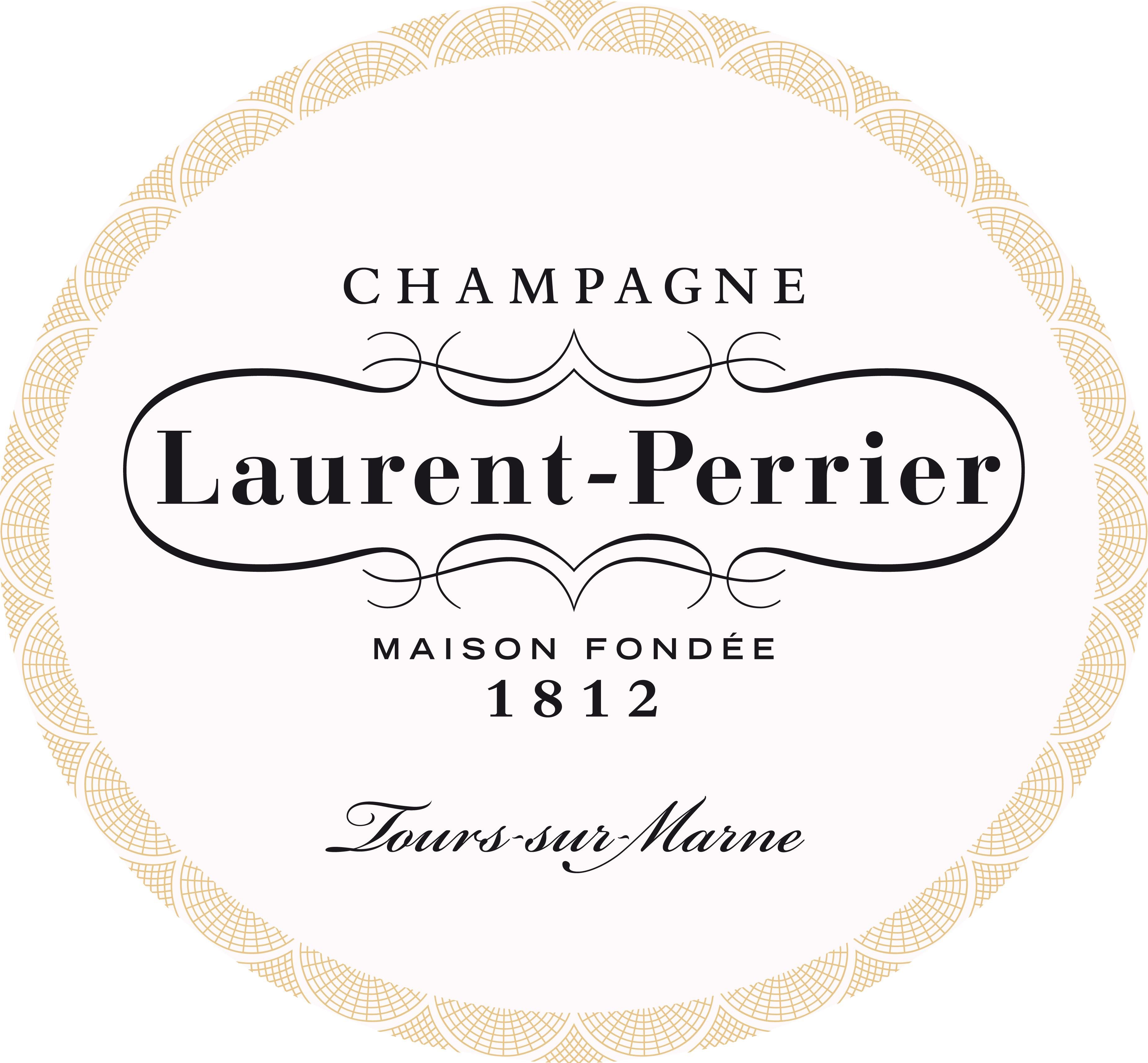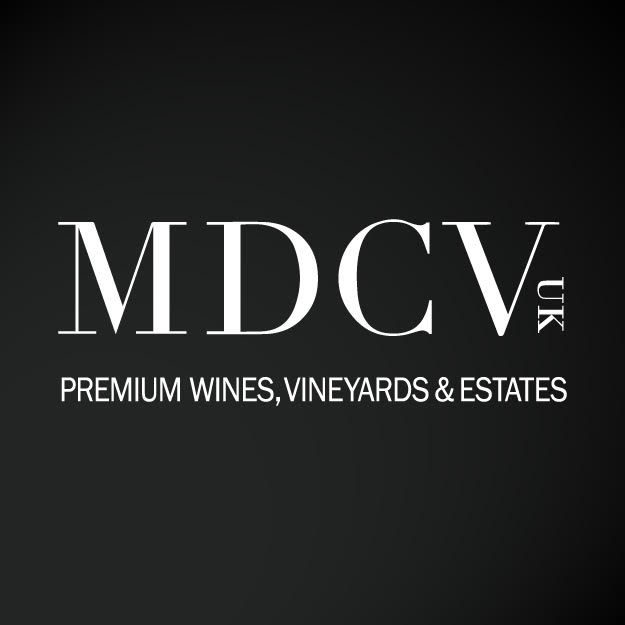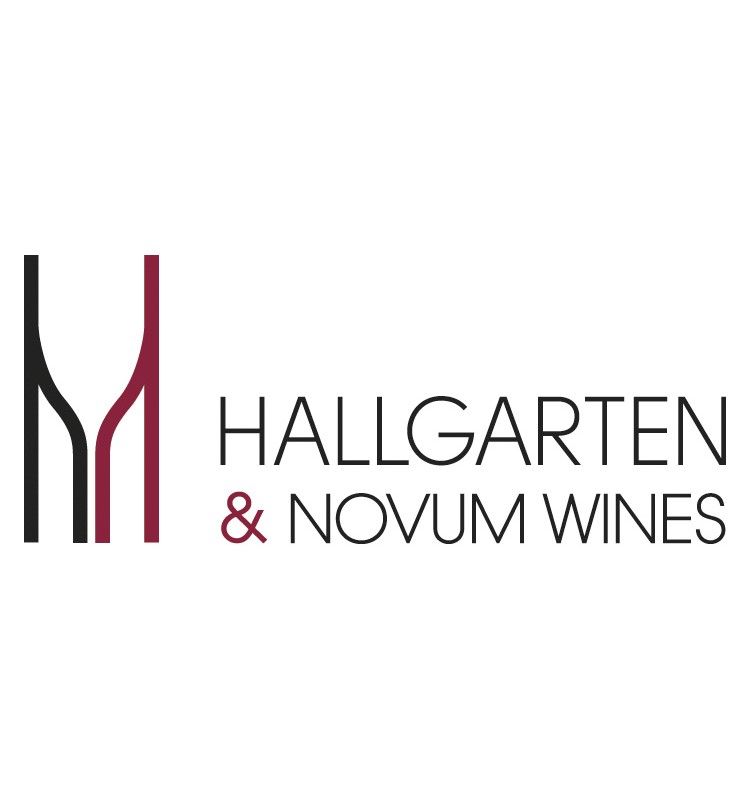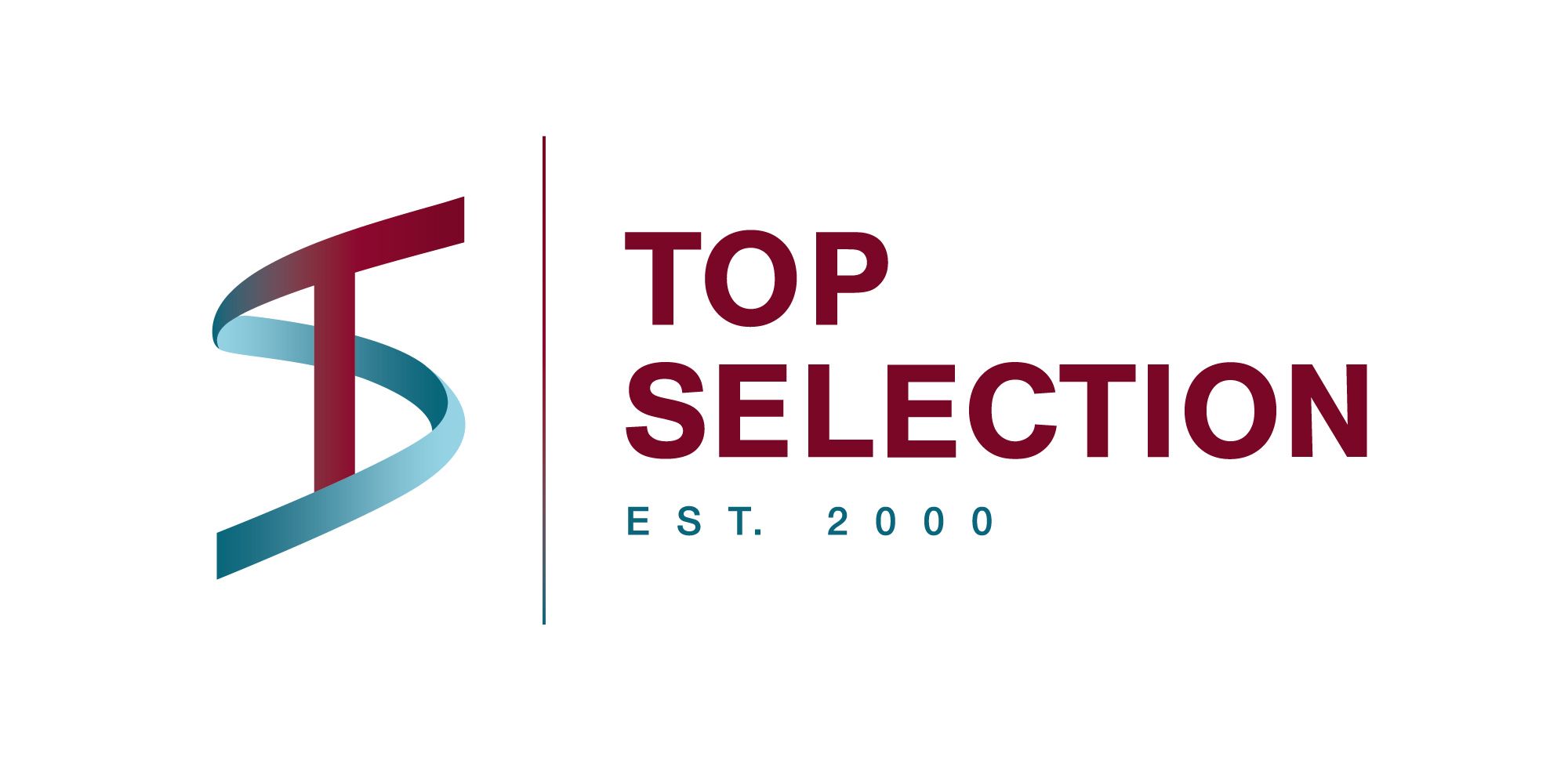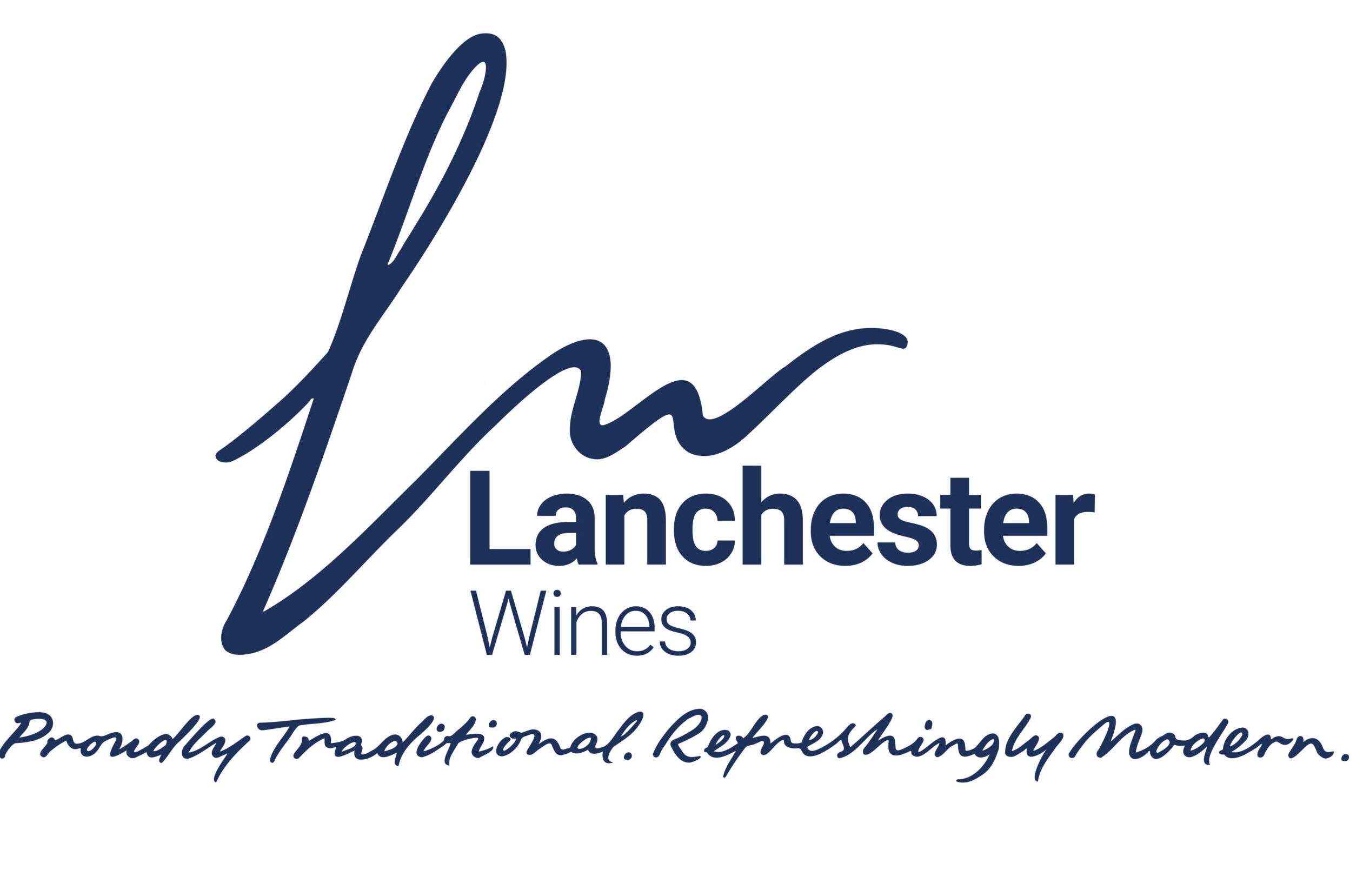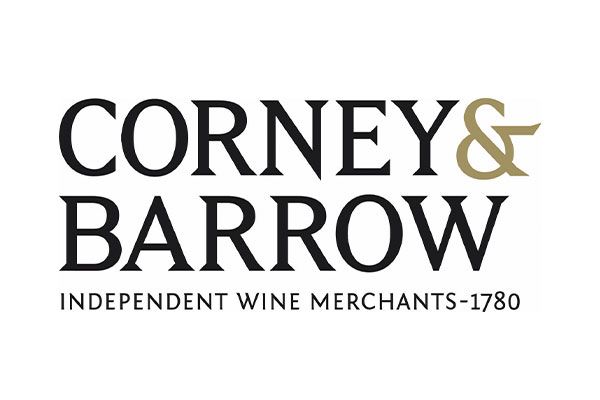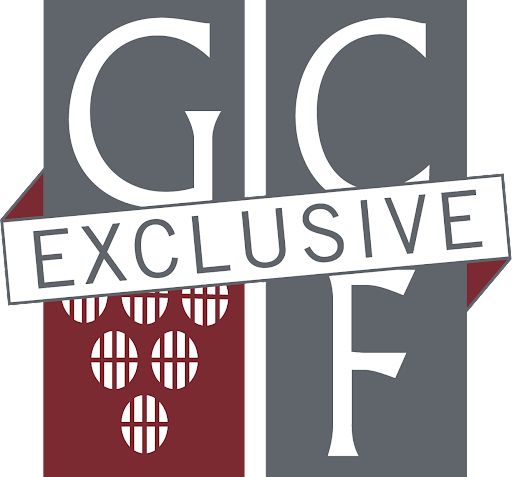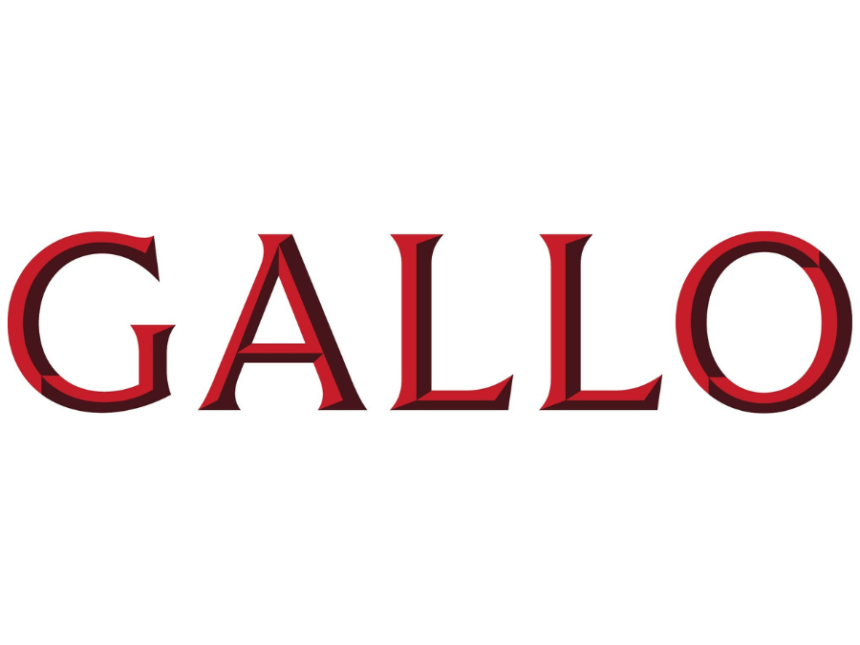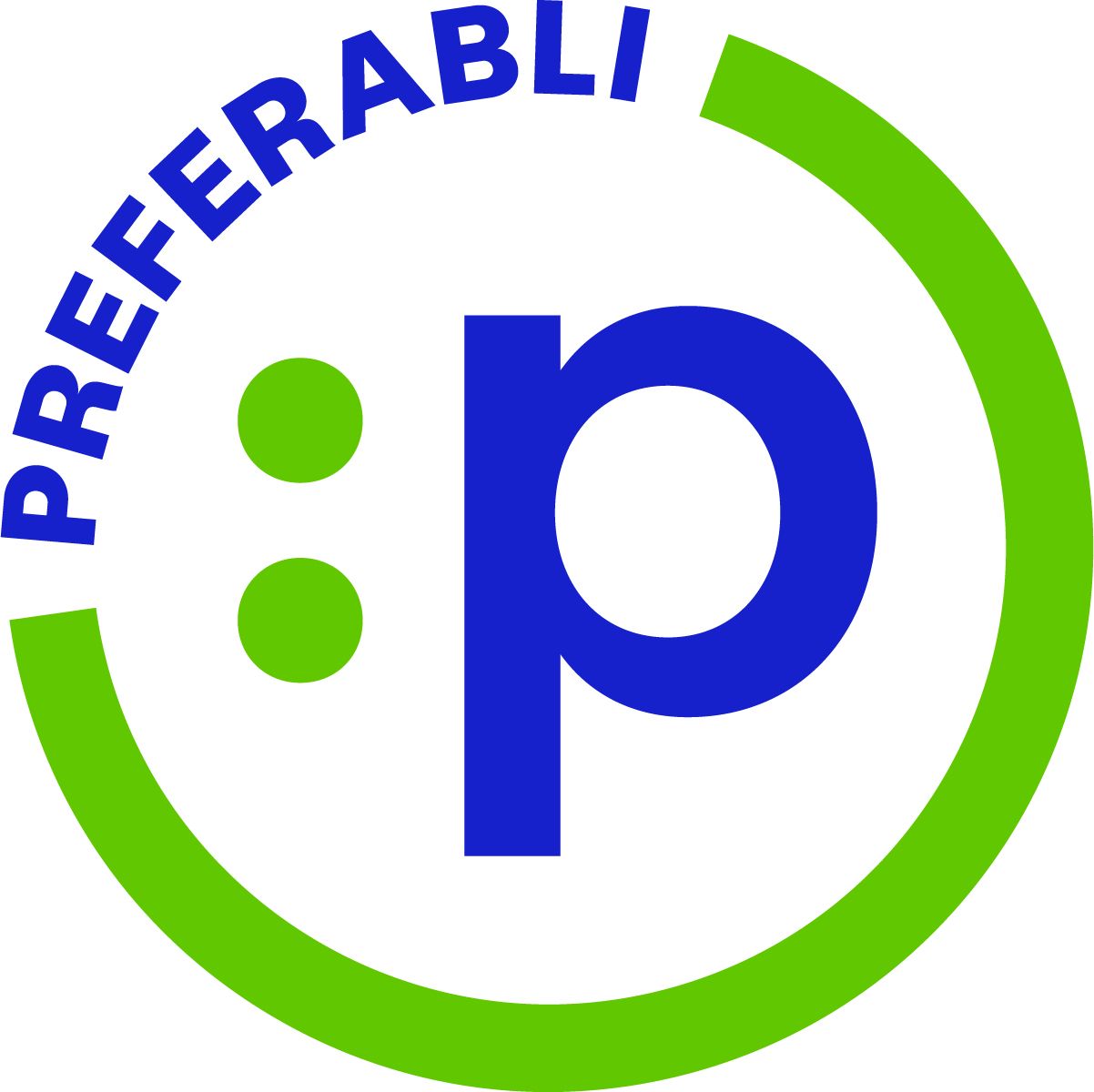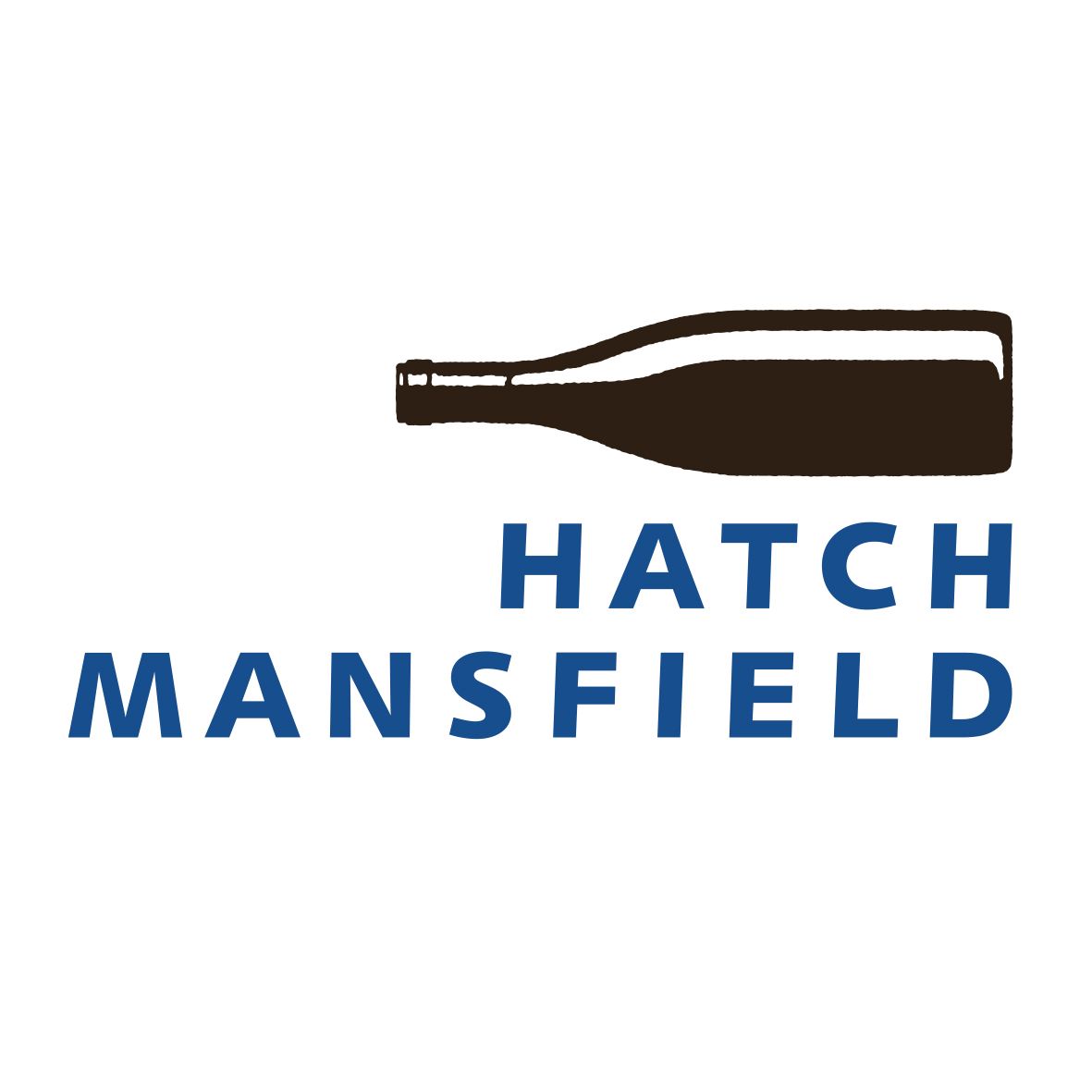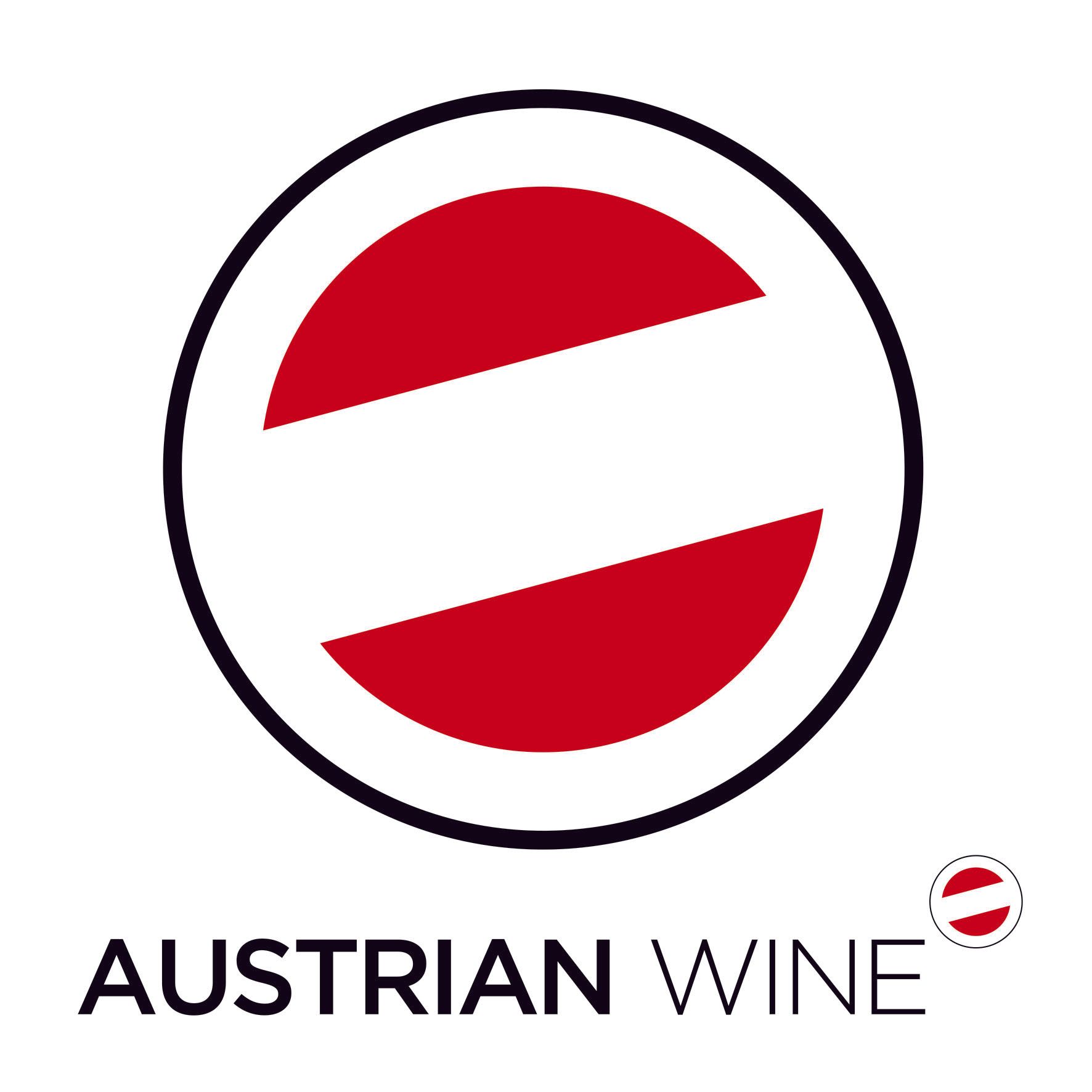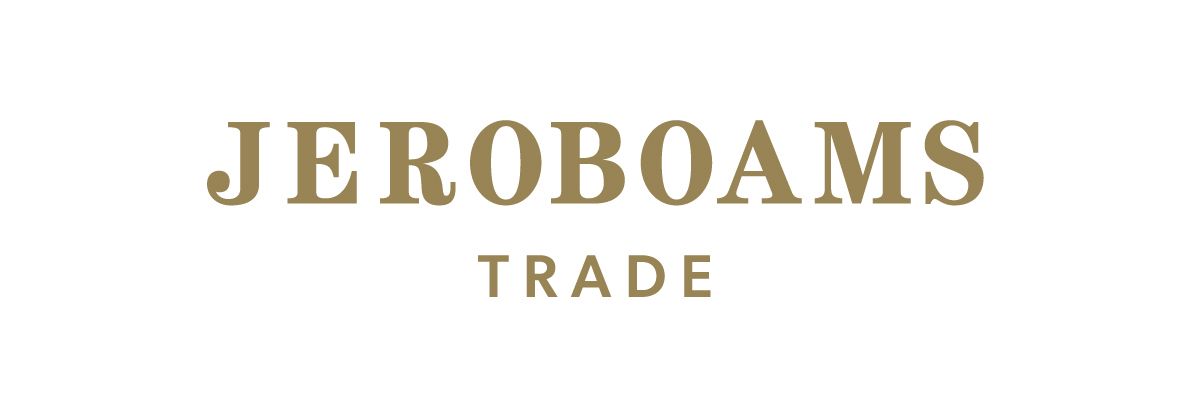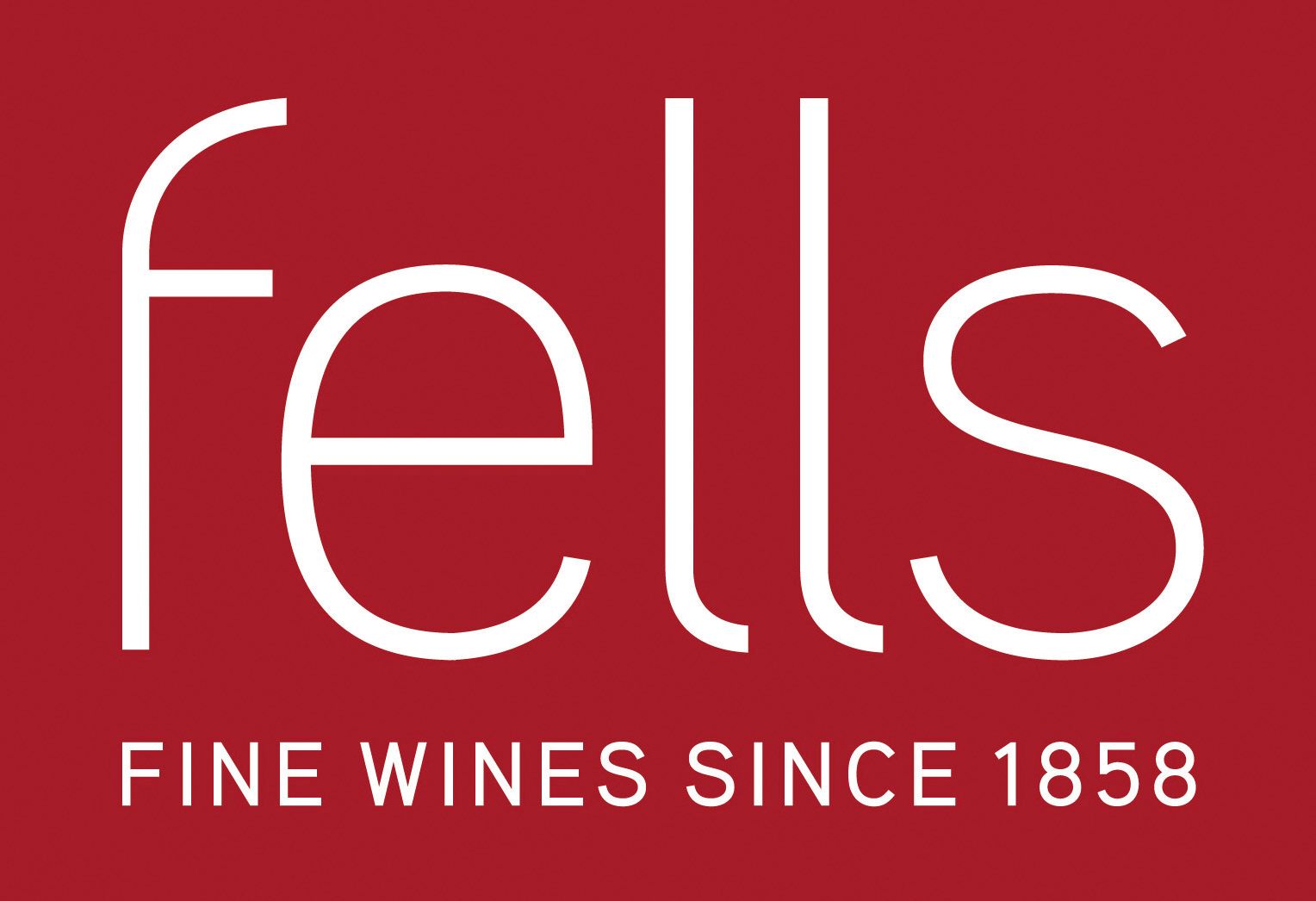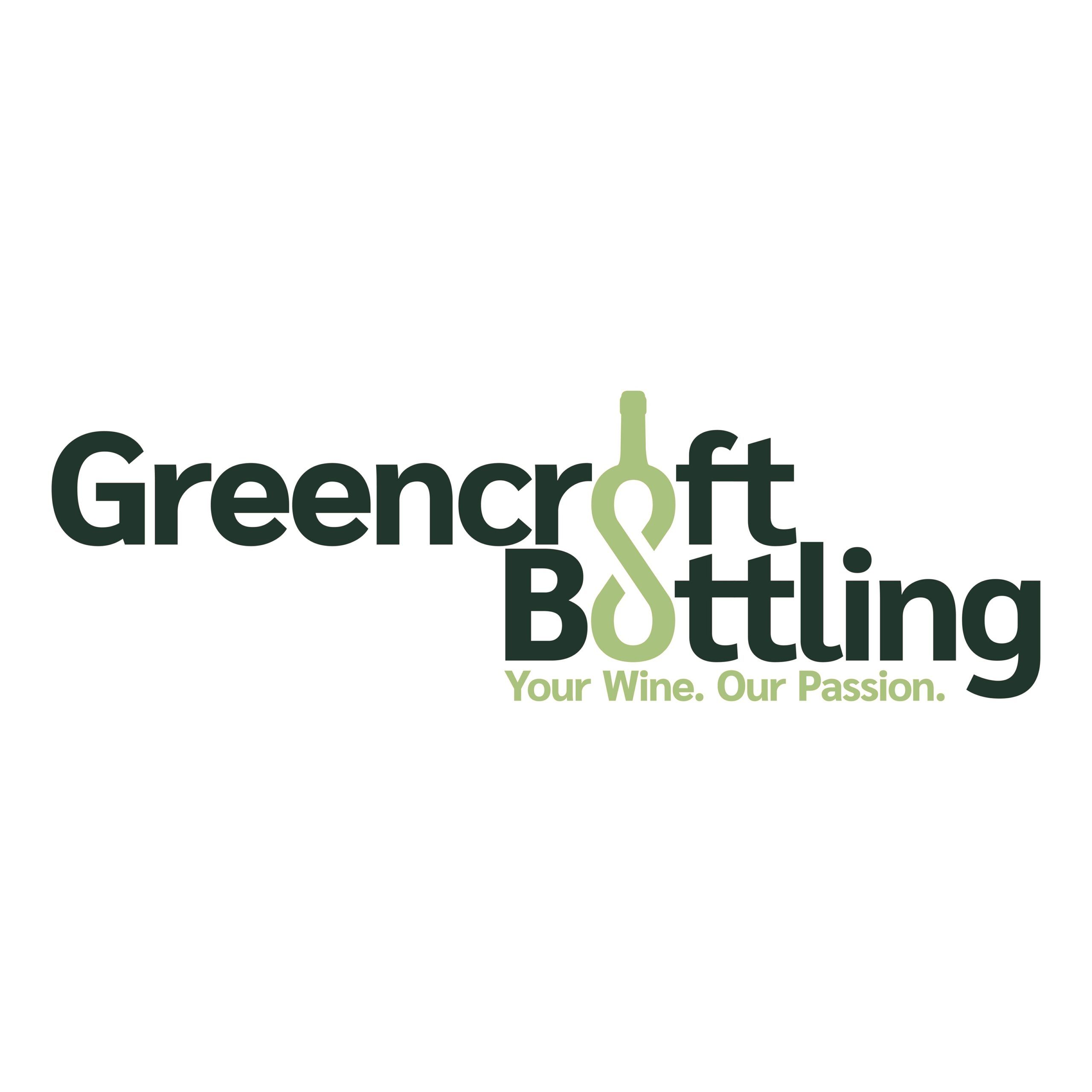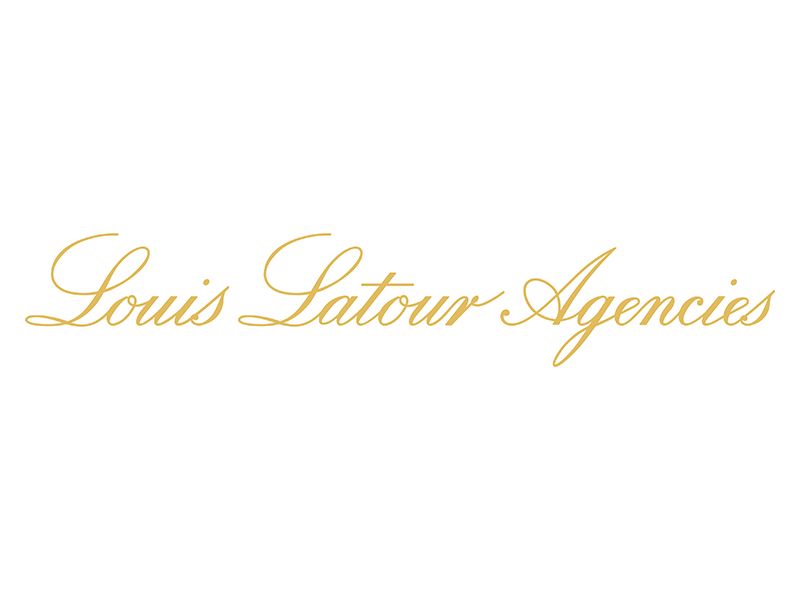When you mention New York State wines, or specifically the Finger Lakes, to any UK wine trade professional, most will have a vague idea of what you’re talking about and usually mutter ‘cool climate’ and ‘Riesling’ before moving on.
It’s certainly a region that many professionals have heard about or read about, some have tasted the region’s wines (most likely Riesling) but it’s largely unknown, and wines from here are a stranger to most UK wine lists and merchants ’shelves.
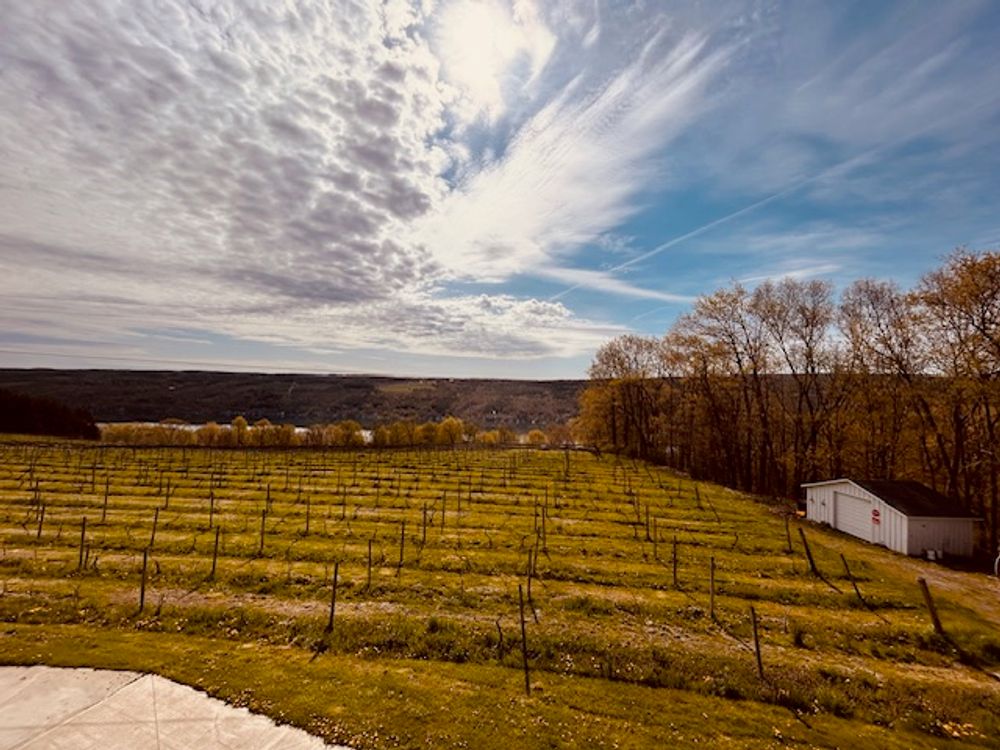
The trip was the first time the UK wine buyers had been to New York State
This was the catalyst for the recent buyers’ trip to the Finger Lakes AVA organised by the New York Wine & Grape Foundation and The Buyer’. Getting your feet on the ground in a wine region, and the dirt under your fingernails is the only way to really get to grips with a place. Immersion in the culture, geography and history of a wine region really opens the eyes to what’s on offer; that’s why we travel, and as wine professionals that’s why we visit the very places where the grapes are grown and the wines are made, be they famous, lesser-known or up-and-coming.
The Finger Lakes certainly ticks those final two boxes, it’s a place with a rich winemaking history but remains under the radar for many. We compiled a crack team of premium on and off-trade buyers and flew them out to the Finger Lakes, a region none of them had visited before to search for wines that might fit nicely into their portfolios and broaden the UK wine drinker’s access to wines from this exciting region.
The week-long trip offered the opportunity to meet more than 20 producers from across The Finger Lakes and Long Island AVAs, and taste over 100 wines in a variety of styles from traditional method sparkling and pet nat to ice wine and indigenous non-vinifera varieties. Plus Riesling, plenty of Riesling.
Buyers’ Panel
The panel of buyers featured:
Aljoscha Wright, head of buying and logistics, Oxford Wine Company
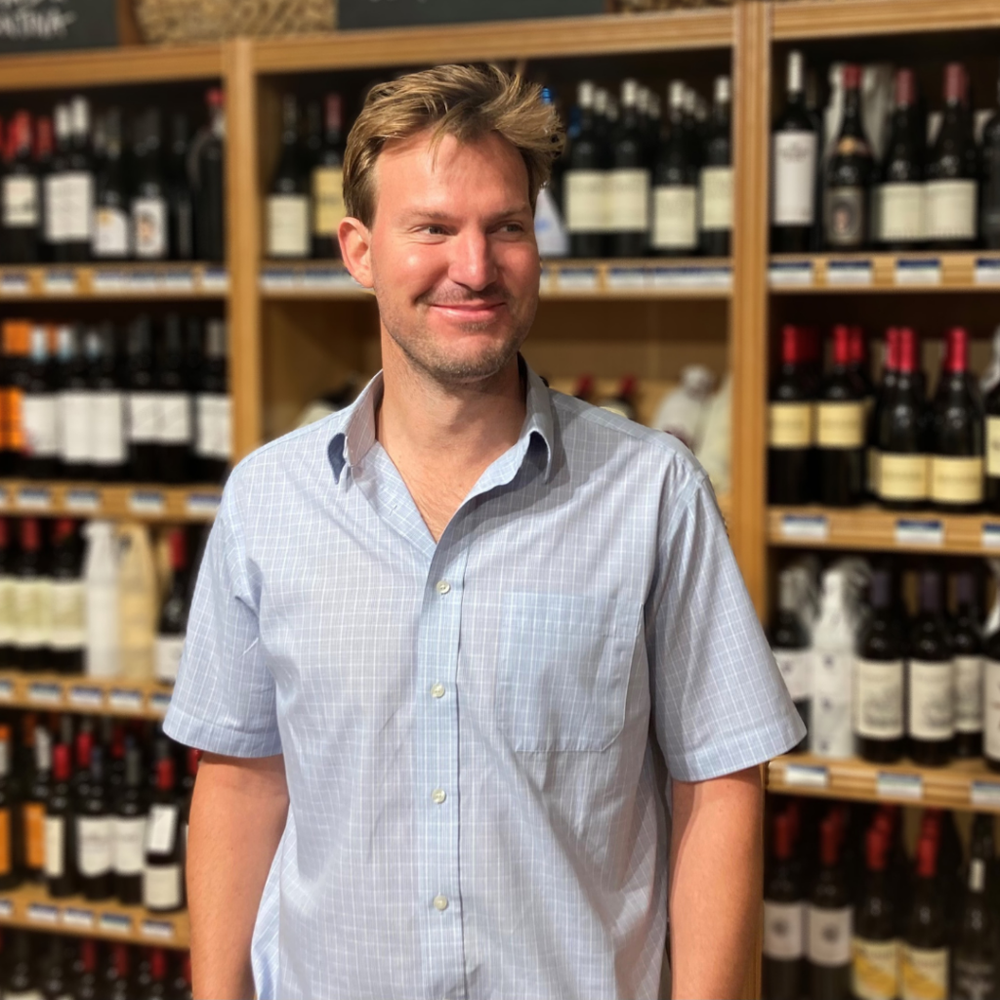
Oxford Wine Company's Aljoscha Wright
Aljoscha Wright was born in Cape Town and while studying at Stellenbosch University, he worked on a number of wine farms, cutting his teeth in the wine industry. Wright has been at The Oxford Wine Company, a multi-award winning independent wine merchant, for 14 years. First as assistant manager of the shop, then spirits buyer, and he now heads up the range-wide buying operation as head of buying and logistics.
Arthur Campbell, London sales, Nekter Wines
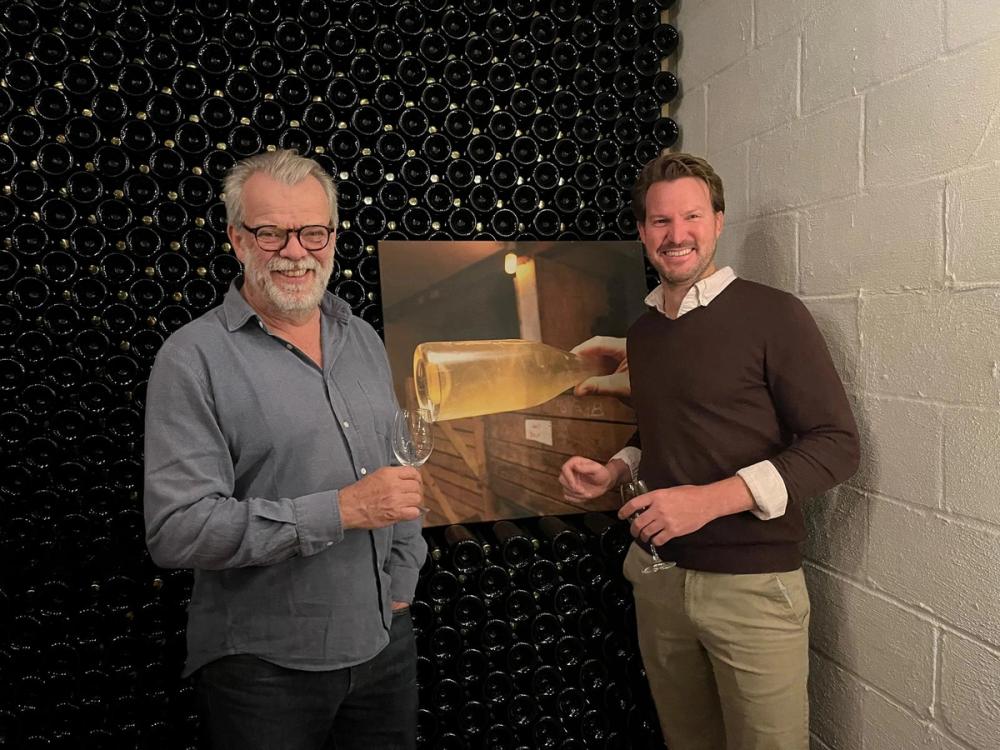
Arthur Campbell of Nekter Wines and Aljoscha Wright of Oxford Wine Merchants
Arthur Campbell is responsible for the London sales at Nekter Wines, who have been champions of natural and minimal intervention wines long before they were trendy. Nekter is opening a bricks-and-mortar wine shop in autumn 2025 and islooking to expand its importing regions, with New York on the radar for both Nekter and Nekter Venues.
Ben Mudditt, south west trade sales, Wanderlust Wine

Wanderlust's Ben Mudditt
Ben Mudditt is responsible for south west trade sales at Wanderlust Wine, importers who focus on sustainable, quality wine made by small producers, primarily aimed at the on-trade. Wanderlust currently imports wines from Channing Daughters Winery in Long Island and HJ Wiemer in the Finger Lakes.
Dan Whine, senior manager BWS, Zapp

Zapp's Dan Whine
Dan Whine has years of experience buying and selling wines across the Caribbean and then in the UK for the likes of Liberty, Borough Wines and Petersham Cellars. He is the senior BWS buyer for Zapp, an on-demand grocery service that delivers luxury goods on-demand to HNWI in London. Zapp is one of the largest UK retailers of fine wine and premium spirits and is London’s leading 24/7 premium convenience delivery app, offering some of the most sought-after wines in the world.
New York State: Key facts and figures
- New York is America’s third largest wine-producing state after California and Washington.
- The tradition here has been to grow native and hybrid grapes, many used for fruit juice production, but there is an ongoing shift to planting more vitis vinifera.
- There’s a long tradition of winemaking in New York. The USA’s oldest winery, Brotherhood Winery, is located in Washingtonville, New York, in the Hudson River Valley AVA. French immigrant Jean Jacques founded Brotherhood in 1816.
- The ‘Empire State’ boasts more than 14,000 hectares of vineyard and its most-planted grape varieties are Concord (native red), Catawba (native white), Riesling, Chardonnay, Merlot and Cabernet Franc.
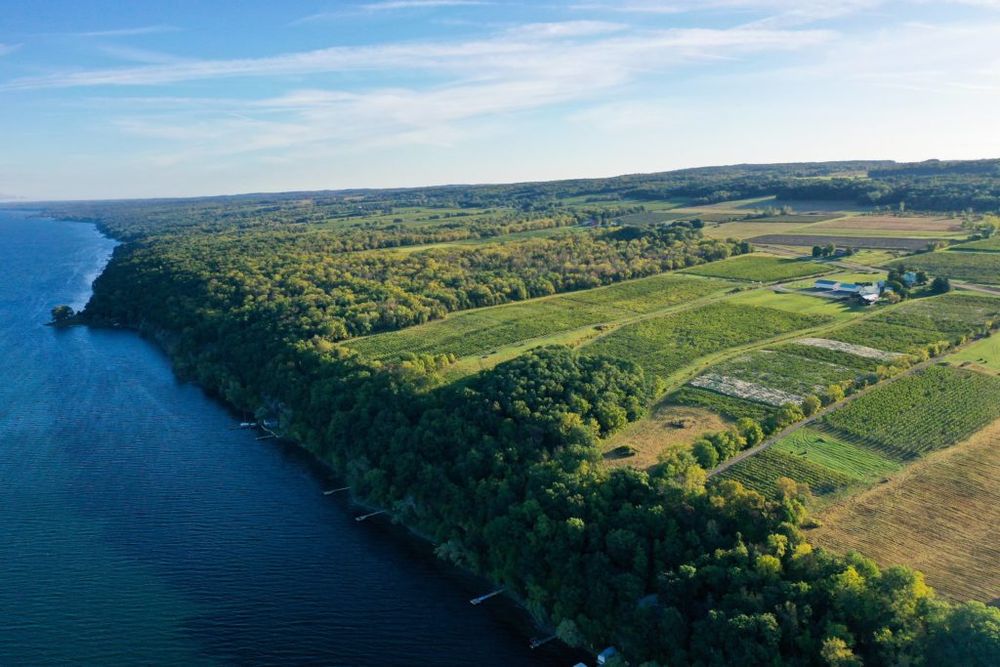
- New York State sits south of Bordeaux, between the 40th and 45th parallel, but is a cool climate wine-growing region due to its unique location and geography.
- It has seven key AVAs (American Viticultural Area): Champlain Valley AVA, Finger Lakes AVA, Long Island AVA, Hudson River Region AVA, Lake Erie AVA, Niagara Escarpment AVA and Upper Hudson AVA.
- Bodies of water in each of the AVAs moderate temperature and inform which grapes prosper in each region. These water masses include The Finger Lakes, the Hudson River, Lake Ontario and the Atlantic Ocean.
Introducing New York State wines: Grapes and wine styles
Native Grapes: A large area of vineyard in New York State is still planted to native North American varieties of the Vitis labrusca genus, such as Catawba, a winter-hardy red grape that produces wines with raspberry, grape and bubblegum notes. It is widely used in the production of fruit juice, jams, confectionery and ‘jug wine’, but some wineries use it in quality wine production; it works particularly well in red blends and pet-nat-style sparkling wines.
Hybrid Grapes: A handful of French-American hybrids are popular in New York State, many of them developed at Cornell University or the University of Illinois. The leading grapes here are Cayuga White (fresh and fruit driven, works well in sparkling wines), Traminette (tropical and floral in the vein of its parent grape Gewürztraminer), and Marquette (bright with cherry and tobacco notes). All are early-ripening, disease resistant which are ideally suited to the climate, particularly in the Finger Lakes AVA.
Vitis vinifera: Present in the region since the late 1950s, but it wasn’t until the 1970s that international varieties really took hold here, and in the past 15 years wines made from Riesling and Cabernet Franc in particular have entered the global market putting New York State on the world stage as a region known for producing quality wines.
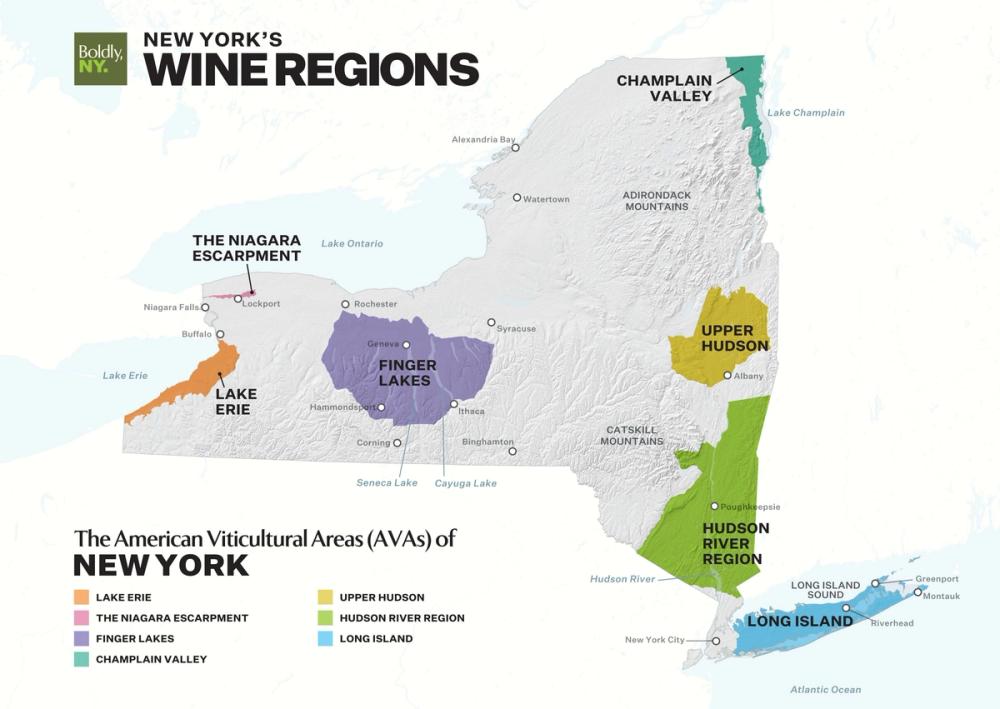
The predominant international varieties grown include:
- Riesling: Produces fresh, aromatic, well-aged wines with light to medium body and racy acidity. These cool climate wines have the ability to age gracefully and develop mineral and classic Riesling notes of petrol and dried apricot as they age.
- Cabernet Franc: Made in a crunchy and mineral style with red fruit notes and green pepper/jalapeño characters. Generally light-medium bodied with a pale, bright hue and low tannins.
- Chardonnay: Often steely in style with balanced but high acidity and stone fruit notes. Many producers age in French oak, adding body and more tropical characters. Widely used in traditional method sparkling wines.
- Merlot: The most widely planted grape in the Long Island region. Floral and earthy are the watchwords here, accompanied by black fruit and bright cherry/plum aromas.
- Pinot Noir: Very vintage dependent, but in good years offers intense aromas of black cherry and spice. Can be vegetal with notes of ripe tomato and mushroom. Used in sparkling production too.
- Gewürztraminer: Produces some of the most full-bodied wines of any white grape varieties in the region, with pronounced notes of spice and tropical fruit.
- Cabernet Sauvignon: Often blended in a Bordeaux-style. Highly tannic and full-bodied with black fruit notes and some greenness.
Wine Styles
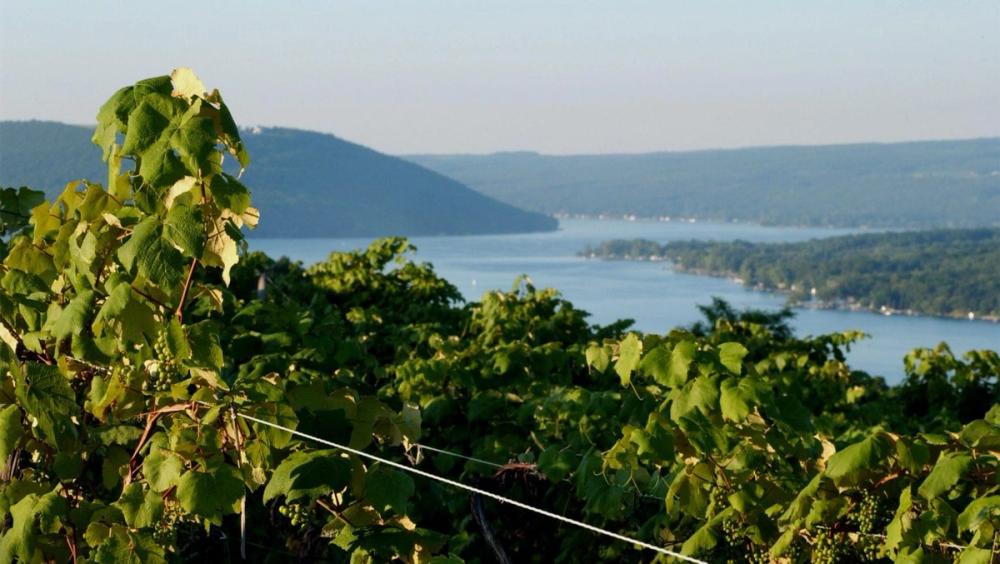
The wines are influenced by New York State's lakes
As well as the straight-up, single variety styles described above, there are many blends and alternative types of wine produced, some leaning on differing levels on sweetness, others on alternative winemaking techniques.
- Off-Dry: Many of the Rieslings we tasted were off-dry, a stylistic choice by the producer to bottle the wine with up to 12 g/L residual sugar. This style is appealing to the domestic market, but considered by the buyers on the trip to be less ready for the UK consumer, who favour the drier European styles of Riesling. Off-dry styles are so widely-made here that many producers used the term ‘Dry Riesling’ on the label to denote a difference in sweetness. It was the ‘dry’ versions which really appealed on the trip.
- Rosé: A popular category, many made off-dry, but the dry styles impressed. Often made from Cabernet Franc or Saperavi. Widely made in the Long Island AVA, where The Hamptons has its very own ‘Whispering Angel' style phenomenon in Wölffer Estate’s ‘Summer in a Bottle Long Island Rosé’, which is made from Grenache, Cinsault, Syrah, and Vermentino, and offers both style and substance.
- Sparkling: Traditional Method sparkling wine is big here, pioneered by Dr Konstantin Frank, and usually made using traditional Champagne grapes, but others such as Seyval Blanc and Vidal are used too. There’s a healthy set of left field producers making wines in the pet nat style from a variety of grapes, including hybrids and natives. Some producers use the Charmat or carbonation technique to produce easy-drinking sparklers, known colloquially as ‘porch pounders’.
- Dessert Wine: Given the very cool autumn, the Finger Lakes is ideal for producing late-harvest sweet wines, often with Botrytis influence. These are classically made from Riesling, Gewürztraminer and Vidal and show characters of luscious sweetness, intense fruit and balanced acidity. Ice wine is also popular and can be produced in most years.
What the Finger Lakes has to offer
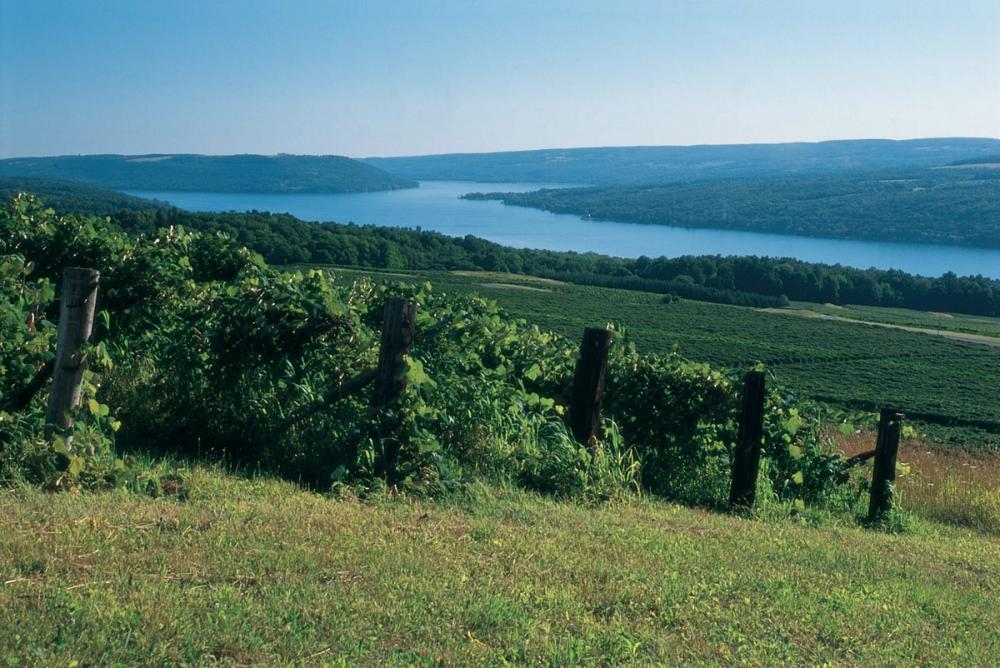
The Finger Lakes is home to a number of wine producers
“Without the lake we would have no European grapes here. In the winter it keeps the vines alive and in the summer it gets the grapes ripe but keeps the acids high,” says Glenn Allen, general manager and co-owner of Damiani winery, located on the eastern shore of Lake Seneca, the largest of the Finger Lakes.
In a nutshell this sums up The Finger Lakes from a winemaking viewpoint. Every producer sets the scene of the region within the framework of the weather, specifically how cold it is. The lakes, we quickly learn, are the sole reason why vitis vinifera grapes grow here as they moderate the cold temperatures and allow ripening, although it’s still a nervy place to operate.
“It’s a rollercoaster ride in terms of the weather, you gotta have nerves and patience,” says Morton Hallgren from Ravines Wine Cellars, “that’s the Finger Lakes for you.”
Around the larger lakes (Seneca, Cayuga and Keuka) there is a band of a few hundred metres where vines can grow in this cool climate and produce clean and ripe grapes for wine production, but it’s hard work for growers in this marginal climate.
According to the New York Wine & Grape Foundation (NYWGF) the Finger Lakes AVA has 423 wine farms with 4,300 hectares under wine. The average growing season is 195 days.
The most widely planted vinifera varieties here are whites - Riesling and Chardonnay - (much of which is used for traditional method sparkling wine), followed by Cabernet Franc, Gewürztraminer and Cabernet Sauvignon.
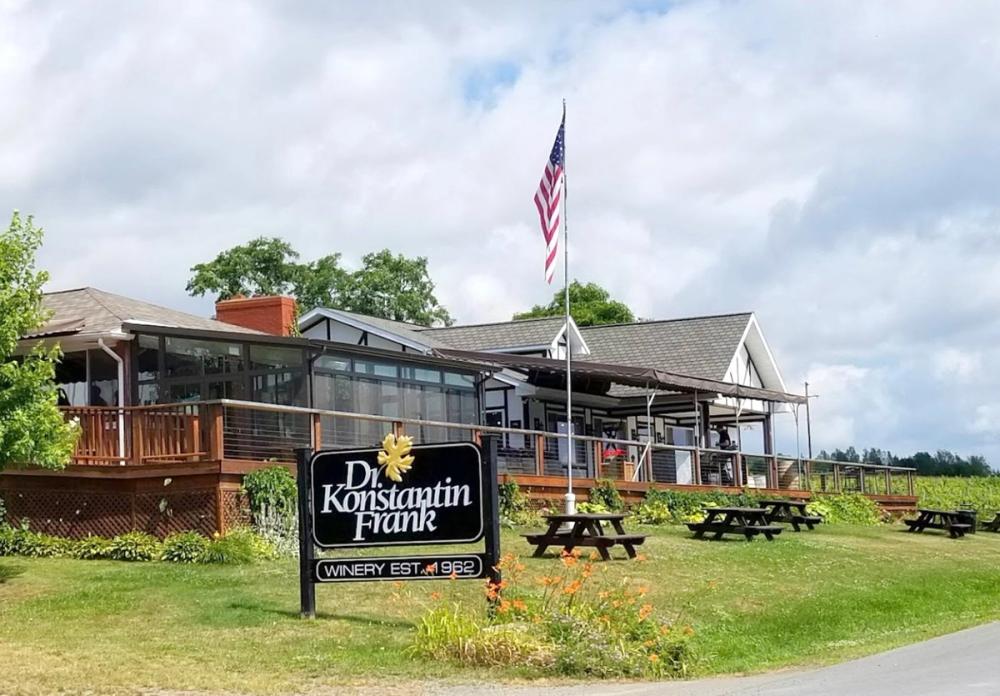
Dr Konstantin Frank has had a big influence on the grapes being grown and wines being made in New York State
There are still native and hybrid varieties grown here, but the focus is clearly on European grapes today, thanks in no small part to Dr Konstantin Frank, who in 1953 fled Ukraine to come to the region bringing with him winemaking experience and a suitcase full of vitis vinifera vines. Throughout the 1960s and 70s, led by Dr Frank, the vinifera revolution took hold in the region, and quality wines, particularly Riesling, began garnering international attention.
Focus on Long Island
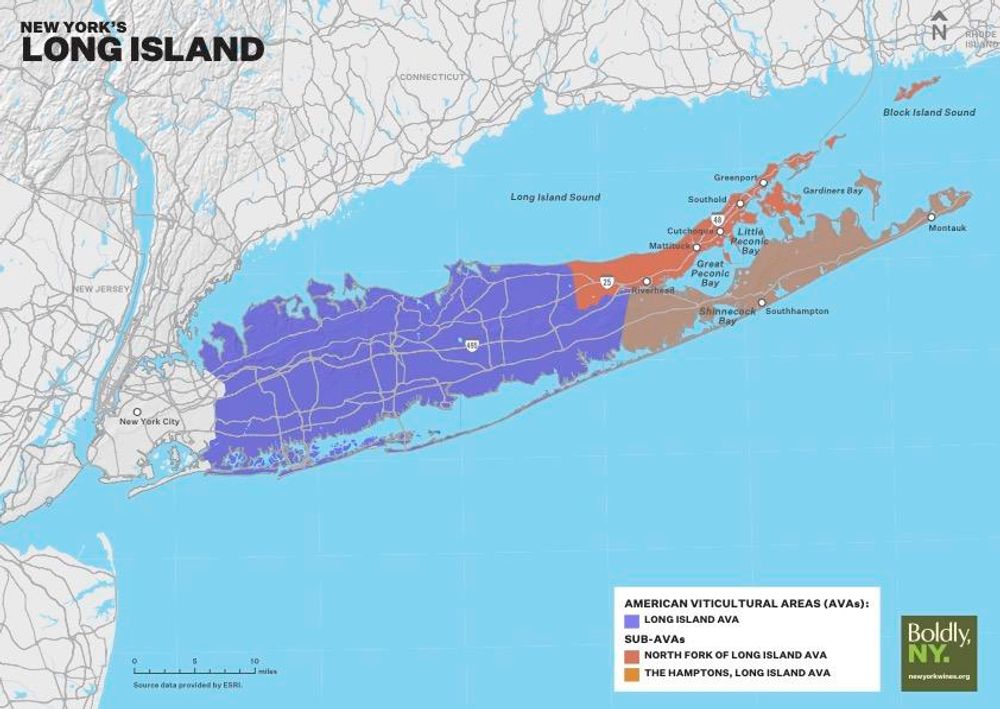
Long Island is based almost exclusively on a foundation of vitis vinifera grapes, this is due to the influence of the Atlantic Ocean which surrounds the region, delaying spring budburst at one end of the season and prolonging the autumn at the other end. This means that vinifera thrive here and hybrid and native grapes are rarely seen.
This longer growing season enables slower ripening and this is why certain grapes such as Merlot are more at home on Long Island. It is the most widely-planted grape with 266 hectares under vine, followed by Chardonnay (178 ha) and Cabernet Franc (87 ha).
In total there are 52 wine farms with 735 hectares under vine in Long Island, and the average growing season is 225 days, 30 days longer than the Finger Lakes AVA.
The Long Island AVA covers the majority of the island itself. The eastern part of the island is considered mid-latitude maritime, and growing conditions are strongly influenced by proximity to the ocean. It also contains two sub-AVAs (The North Fork and The Hamptons) that are close in proximity to each other but are influenced in different ways by the Atlantic and the differences in soil.
Long Island boasts the first third-party certification for sustainable winegrowing in the Eastern USA with over 23 vineyards and 405 hectares of vineyard certified under the Long Island Sustainable Winegrowing scheme.
On the ground
This was a week-long deep dive into the Finger Lakes wine region, which would take in visits to wineries and vineyards across the region and on the shores of three of the key Finger Lakes, as well as a comprehensive tasting of wines from the Long Island AVA, led by a handful of producers from that region.
Each day saw upwards of five individual winery visits and tastings, many of which were collaborative and featured a number of different producers in one hit. In total we tasted wines from 26 producers.
Sitting in a bar at JFK airport fresh from the transatlantic flight, and while we waited to board a domestic flight to Rochester, there was some healthy chat about what to expect.
“If the grape varieties are international or well-known, is there a strong enough story or identity?,” asked Nekter Wine’s Arthur Campbell. Ben Mudditt from Wanderlust was more concerned about how difficult it is to get a flute-shaped Riesling bottle into a domestic fridge door; this was, he insisted, a serious concern and one that puts consumers off the variety. That and the fact that “people think they’re getting something sweet”.
These questions and more would be answered over the following five days, and the next morning at the very first visit of the trip what was immediately striking was just how much there was to learn about the Finger Lakes, which kind of blew the fridge door concern out of the window.
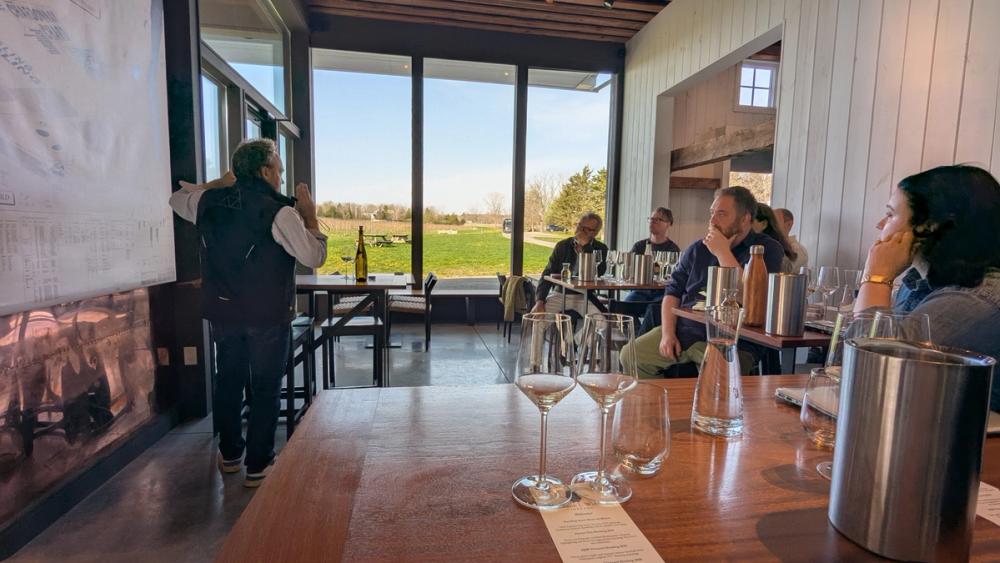
Tasting at H J Weimer
On the itinerary we were promised a “big map”, but that didn’t quite prepare us for what we found pinned to the wall in the tasting room at HJ Wiemer, on the west bank of Lake Seneca. It was huge, and showed the Wiemer estate and vineyards in the context of the lake, and offered us an immediate immersion into the region; its geography, climate and predominant grape varieties.
The Finger Lakes introduction was led by HJ Wiemer co-owner Oskar Bynke, a charismatic Swede who explained how the estate was founded in 1979 on the land of a former soybean farm. Today it is the only biodynamic winery to the east of The Rockies and outside the tasting room window sheep were grazing between the wines. “Weed control,” said Bynke.
A tasting and cellar tour followed, and we were joined by co-owner head winemaker and vineyard manager Fred Merwarth for a look at the Weimer range, which takes in field blends, Riesling, Furmint, dark rosé made from Saperavi and a smattering of Austrian grapes such as Blaufrankisch and Grüner Veltliner.
Why so many different varieties? In the Finger Lakes “you don’t go all in,” says Bynke, explaining that you must plant widely as an insurance policy and the weather is unpredictable. Bynke sees a future here for more field blends and a Blaufrankisch boom and given that HJ Weimer runs a nursery and experimental vineyards, he knows as well as anyone what works where.
This was a modern, stylish winery which was clearly geared up for tourism and impressing visitors, and reminded some of the buyers of similarly sized wineries they’ve visited in the UK in its scope and feel. “It feels like the industry here is in a similar place to the English wine market,” said Ben Mudditt. It’s a new (ish) region and is still finding its feet in the way that the UK wine industry is, “with tourism front and centre.”
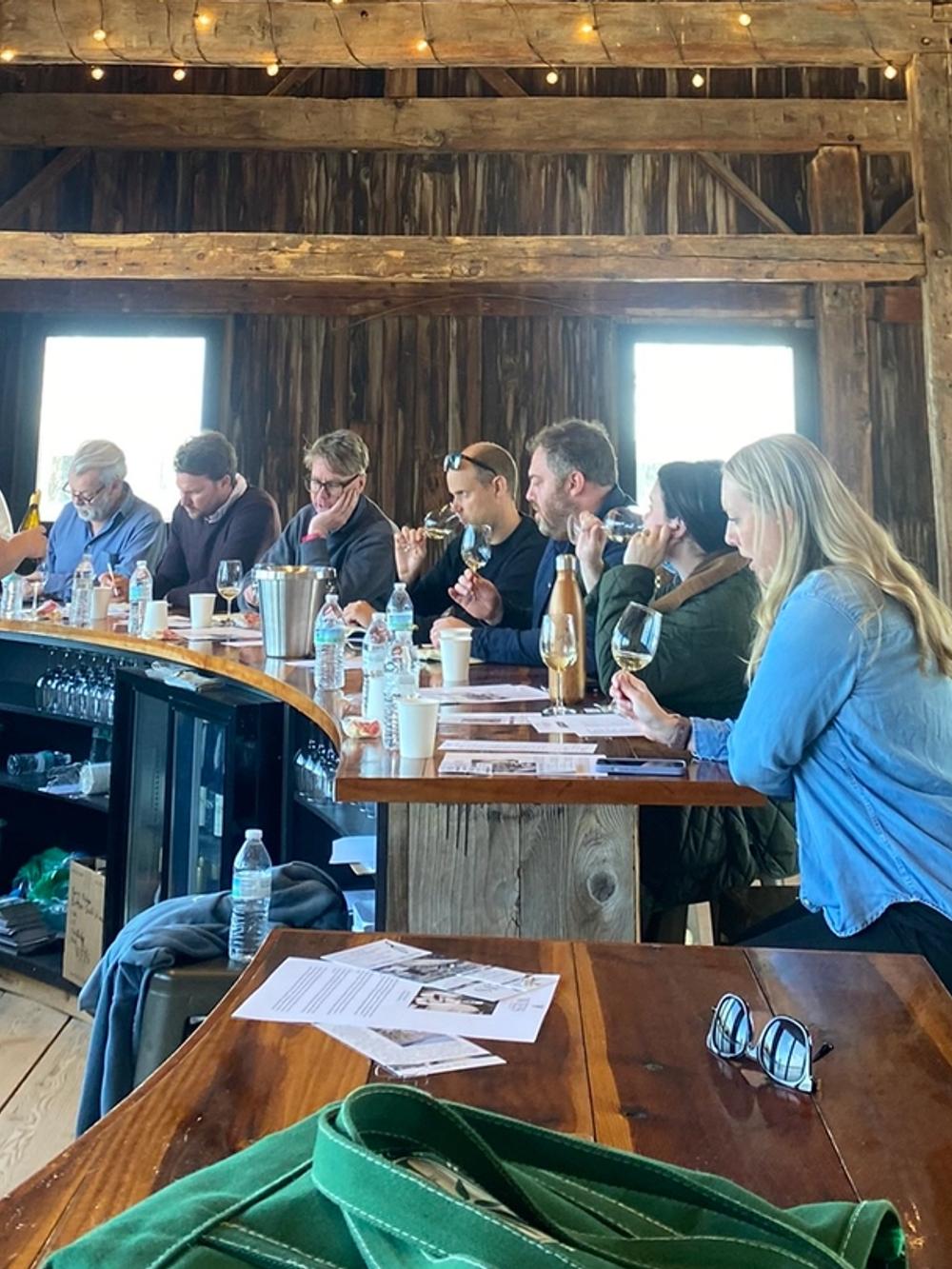
Getting to know the wines at Weis Vineyards
A handful of other wineries which fitted this mould included Weis Vineyards and Living Roots.
Weis was established in 2017 by sixth generation Mosel winemaker Hans Peter Weis. He arrived in the Finger Lakes in 2005 and worked 11 vintages at Dr Konstantin Frank before setting up his own winery. It’s an impressive space and the new winery - just completed - is built into the shale hillside above Lake Keuka. Here he makes a stylish collection of wines, with a heavy Riesling focus, and many made in that steely Mosel-style. The look and feel of the wines impressed, but as Dan Whine pointed out, “why would I import a Mosel-style wine from America when I can get several from the Mosel?”
It’s a point which keeps coming up, and as the trip progresses it’s clear that the wines most likely to fit into the UK from an importer’s perspective are those which are a little different and not imitations of wines from elsewhere.
At Living Roots, close to Keuka Lake, there are many points of difference in the offering. The place feels more like a hipster tap room than a winery, especially with many of the sparkling wines being poured from crown-capped bottles. The winery is owned and run by married couple Sebastian and Colleen Hardy; he’s a South Australia native and sixth generation winemaker from the famous Hardy’s family and she is from the Finger Lakes, a marketer from Rochester.
Their operation is slick and focussed as much on design as wine, and you can see why this works here and why they also run a successful urban winery and bar in Rochester. The out-there packaging and styling of the winery and brand was not lost on the buyers, especially in the context of the more conservative wineries we had visited.
In this sense Living Roots are very much on the right page if they are looking to attract a younger crowd domestically, and spread their wings further afield.
Rustic charm
This ultra-modern approach is far from the norm here however; it’s not all shiny stainless steel tanks, feng shui-ed tasting rooms and perfectly aligned barrel cellars. Many of the wineries here make much of their rustic past and simple techniques, and with the domestic and cellar door market such an important part of their business you can understand why so many prefer to keep it simple.
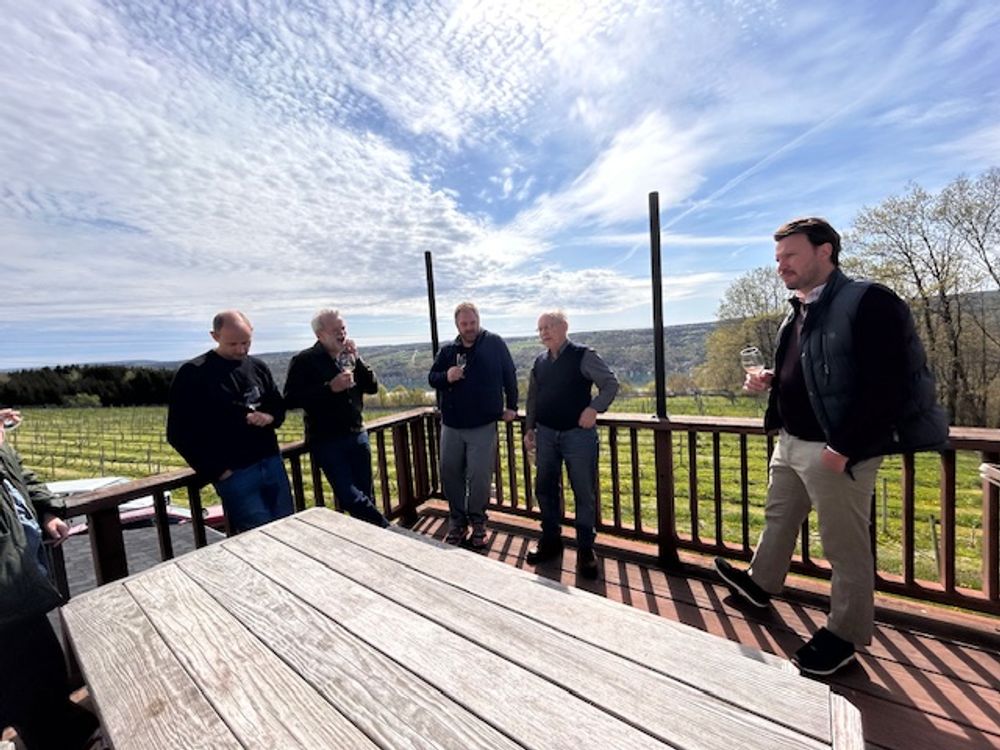
The buyers at Keuka Lake
Some of the wineries which impressed the most were those who took the no-bullshit approach. Keuka Lake Vineyards, Ravines Wine Cellars and Damiani Wine Cellars in particular stood out for the personal touch of these family-run wineries and the old-school nature of their approach.
A respect for tradition and a humble outlook goes a long way. “We do everything by hand, that’s why we are not very profitable,” said Mel Goldman from Keuka Lake Vineyards as we taste through his impressive range of wines. Keuka Lake has vineyards on both sides of the lake it takes its name from, and a beautiful tasting barn on the west shore which is dripping in character and charm.
Goldman is a wine importer’s dream, the perfect salesman for his wines, a story teller with a dry sense of humour and a twinkle in the eye. “I’ve lived in three developing countries; Nepal, Colombia and England,” he deadpanned. In fact, Goldman worked a vintage in England with Peter Hall at Breaky Bottom in Sussex in 1990 and they remain friends.
His wines were some of the best of the trip. “I thought they were really lovely,” said Campbell. “Mel was just absolutely charming. If you brought someone like Mel to the UK market to do the rounds, you know you'd sell some wine. You just have to put him in front of people and let him do his thing and they would buy wine from him.”
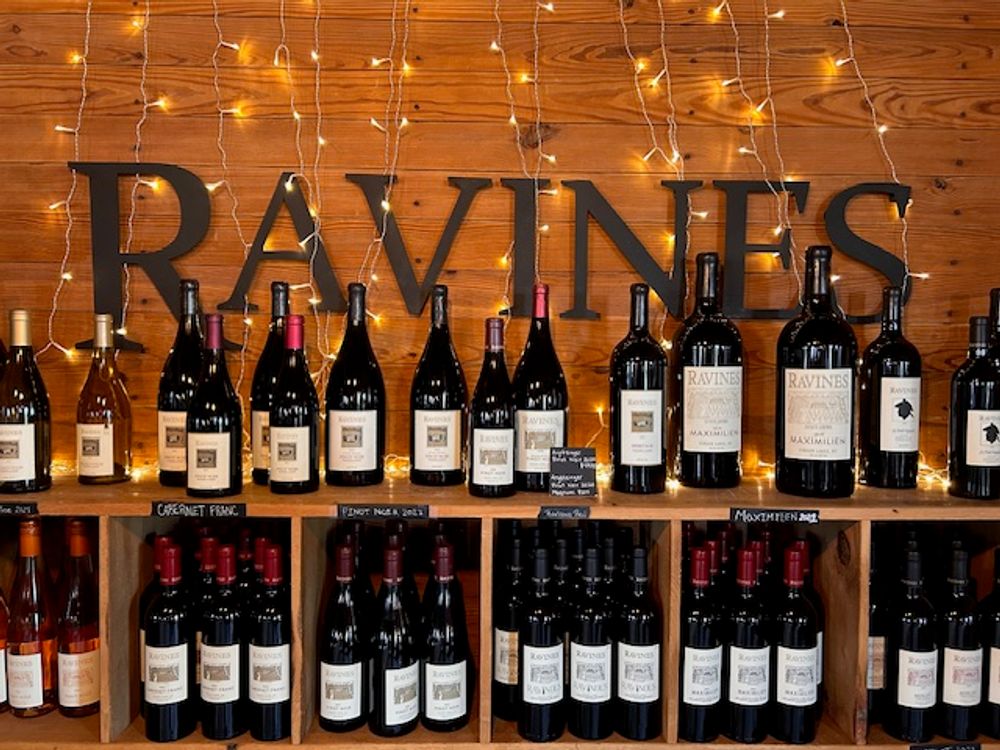
It’s a similar story at Ravines Wine Cellars, situated at the northern end of Lake Seneca. This 25-year-old estate is owned and run by Morton and Lisa Hallgren; he’s Danish by birth but grew up in France and after a career as a rocket scientist (“there aren’t many similarities to winemaking… gravity maybe”) he made wine in Bordeaux and Texas before moving to the Finger Lakes and becoming head winemaker at Dr Konstantin Frank. Lisa is a talented chef and runs the sales and consumer-facing side of the business.
Both are characterful and interesting people. Morton is very knowledgeable about the weather and climate here and sanguine about the myriad challenges facing a winemaker in this marginal region. “We can make wines here - stylistically - that no-one else can, we have a Mediterranean latitude but are a cool climate region. The lake is a heat reservoir that extends the growing season,” he said.
He’s particularly excited about the potential for traditional method sparkling wine made from international varieties and red wine from Cabernet Franc. “We are in a region that is overcoming a past of hybrid and sweet wines,” he said. “Cabernet Franc is the go-to red because it is forgiving in the vineyard and there’s not much competition from elsewhere in the USA.”
It was an impressive tasting, and arguably the best, most complete collection of red wines from any single producer.
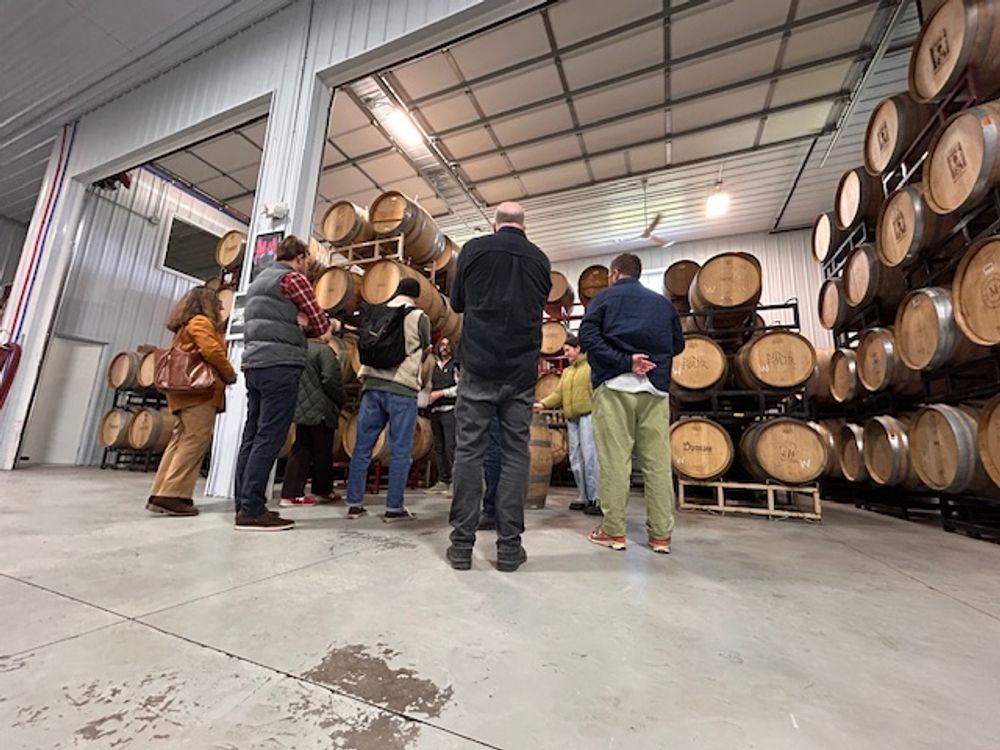
Visiting Damiani
Damiani also pleased the buyers with its approach to tasting and pricing; it was no-nonsense, snappy and despite having more than 20 wines on their list only a selection were tasted, the ones that GM Glenn Allen thought would be the best fit for the group.
“You don’t need to taste everything to get a feel for a winery,” said Zapp’s Dan Whine. The pricing here was clear too with a separate distributor pricing list was handed out which is almost as important to a buyer as what’s in the glass.
We can’t talk about tradition in the Finger Lakes without mentioning Dr Konstantin Frank. This benchmark estate fits firmly into the old school charm category, and felt when visiting almost like a prestigious Napa Valley estate in the air of ease and quiet confidence that was given off.
Dr Frank was the forefather of the Finger Lakes, planting vinifera grapes here before anyone else, some 66 different varieties in an experimental vineyard. The estate became a fully commercial operation in 1980 when those 66 had been whittled down to 17 varieties that worked well in the climate.
Today their dry Riesling remains one of the benchmark wines of the region, and the traditional method sparkling wines were some of the best fizzes on the trip. On the whole the trad-method sparkling wines from the region struck a chord with many of the buyers.
Cellar door cachet
Away from the sleek/boutique and rustic/trad wineries there were a handful of decent-sized operations that were clearly geared up for visitors, the kind of visitors who tour the region on a bus dipping in and out of tasting rooms up and down the lake, enjoying wine flights as they go.
These commercial-feeling wineries all had a tremendous array of merchandise in their gift shops and on-site restaurants and coffee shops, many feeling as much like a farm shop as a tasting room.
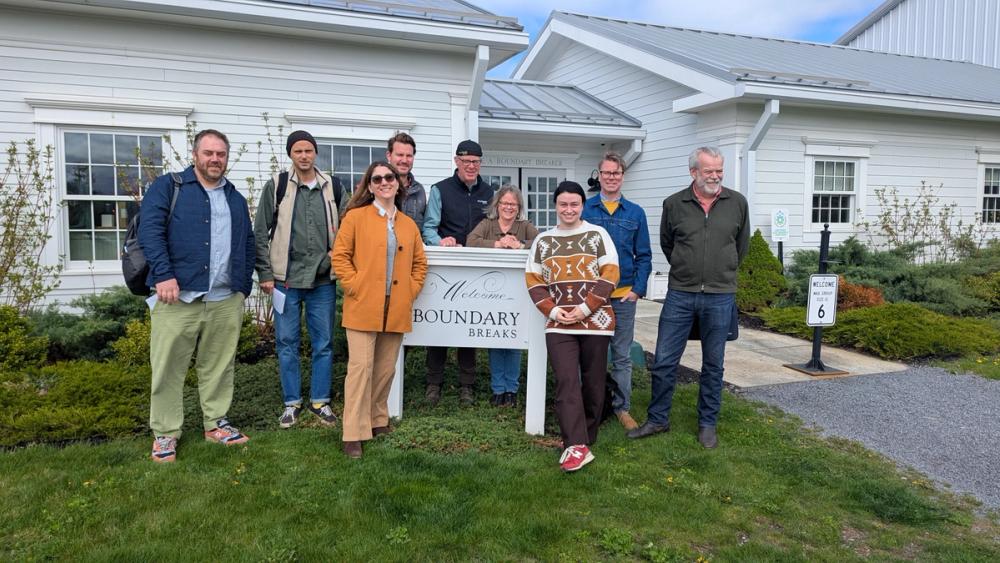
The team at Boundary Breaks
At Boundary Breaks on the east side of Lake Seneca we enjoyed a vineyard tour with co-owner Bruce Murray, a New York City native with a background in publishing. The winery is committed to Riesling and Cabernet Franc, the two varieties that Murray feels are perfect for the cool-climate of the Finger Lakes.
“It’s too wet for Pinot Noir,” he said, “the quality is not close to what you can get in other places, and it’s very vintage dependent.”
The winery produces 10,000 cases a year, 60% of which is sold at the cellar door, with the obligatory wine club a very important cog in the wheel. This direct-to-consumer model is important throughout the region and when visiting these visitor-focussed wineries there was a sense among the group that given their domestic-focus they weren’t quite ready yet for export.
Other wineries which clearly did a brilliant job with the local and domestic tourist markets were Thirsty Owl, Lakewood Vineyards and Heron Hill. Thirsty Owl had a number of native and hybrid wines on show, which were interesting to a point but didn’t feel exportable, while Lakewood Vineyards was doing great business with its carbonated fizz, called Candeo, made from local white grape Cayuga White. With the tagline ‘when Champagne is too much & beer not enough, like today’, it’s no wonder this does great business locally among the student population.
At Heron Hill, the Dry Riesling and Chardonnay were standouts, delivering not only on quality but also on price.
Collaborative tastings
As well as individual winery and tasting room visits, the group were treated to three collaborative tastings during the trip, where three or more wineries showed their wines in a walkaround format.
One of these showcased five wineries from Long Island; Bedell Cellars, McCall Wines, RGNY, Sparkling Pointe and Wolffer Estate and one from Lake Erie - Mazza Cellars.
Long Island is a region known for its warmer climate and focus on vitis vinifera grapes, and the sparkling wines and rosés were standouts among the buyers. It was trickier to really get a context for the wines, tasting them outside of the region, but there was greater ripeness across the board and on the whole more modern, marketable packaging.
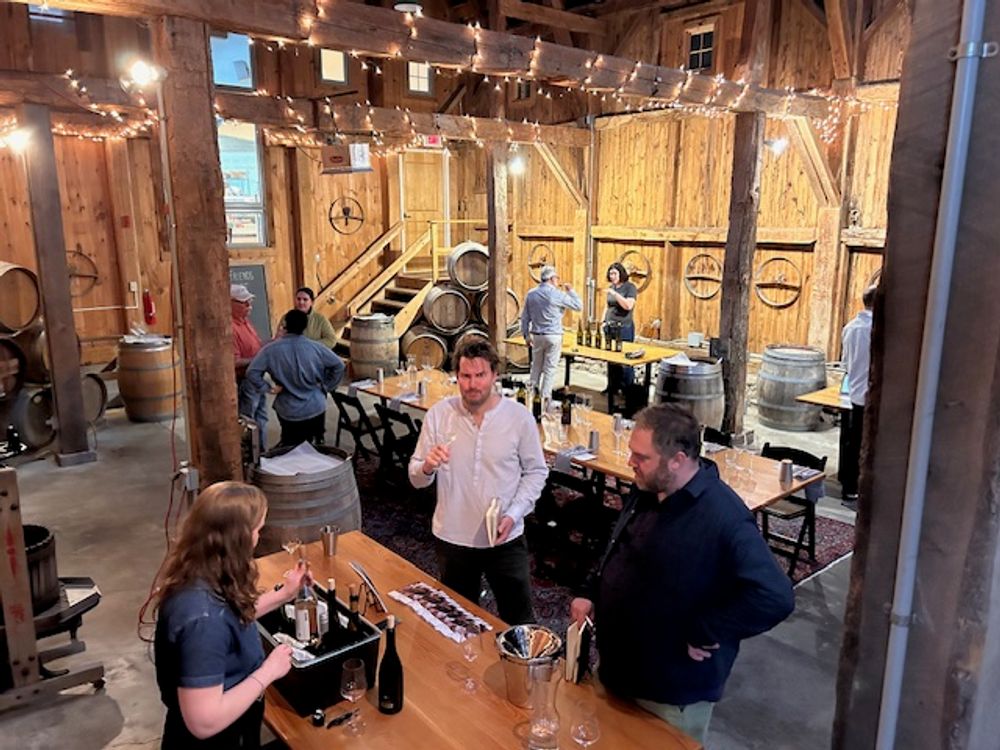
Tasting at Fox Run
At Fox Run Vineyards we tasted wines from Fox Run, Trestle 31, Anthony Road Wine Co and Keuka Spring Vineyards. All were very different; Fox Run and Keuka Spring were more classic in style and leaning on some of the native and hybrid grapes to create some eye-catching wines, while Trestle 31 and Anthony Road felt more premium and on-trade focussed.
Al Wright thought the Trestle 31 wines “were brilliant but they're so expensive,” and Ben Mudditt was a big fan of these too, but had no doubt they would need a hand-sell given the pricing.
“They are gastronomic wines that would have a place on an extensive wine list in a good restaurant with a sommelier team that like talking about different regions,” said Mudditt.
Buttonwood Grove Winery, which offers tremendous views across Lake Cayuga, also hosted a collaboration tasting featuring Six Eighty Cellars, Usonia and Ria's Wines. At Six Eighty minimum intervention is key and the winery uses alternative fermentation and maturation vessels such as amphora and sandstone eggs to create wines that were pure and offered a point of difference.
Ria’s also leant heavily on the hand-off approach, producing natural wines from regeneratively-farmed vineyards, while Usonia’s collection was left field in its packaging and approach, blending native grapes with vinifera and hybrid varieties with skin-contact Grüner Veltliner.
Which very much summed up the “anything goes” theme that runs through the region and the ambitions that producers have to make their mark and help put New York State on the world map of wine.
- You can find out more about New York Wines at the website of the New York Wine & Grape Foundation. www.newyorkwines.org.
- In Part Two of our report we ask each of the buyers to share their experiences from the trip and what opportunities they see for New York State wines in the UK and international markets.
